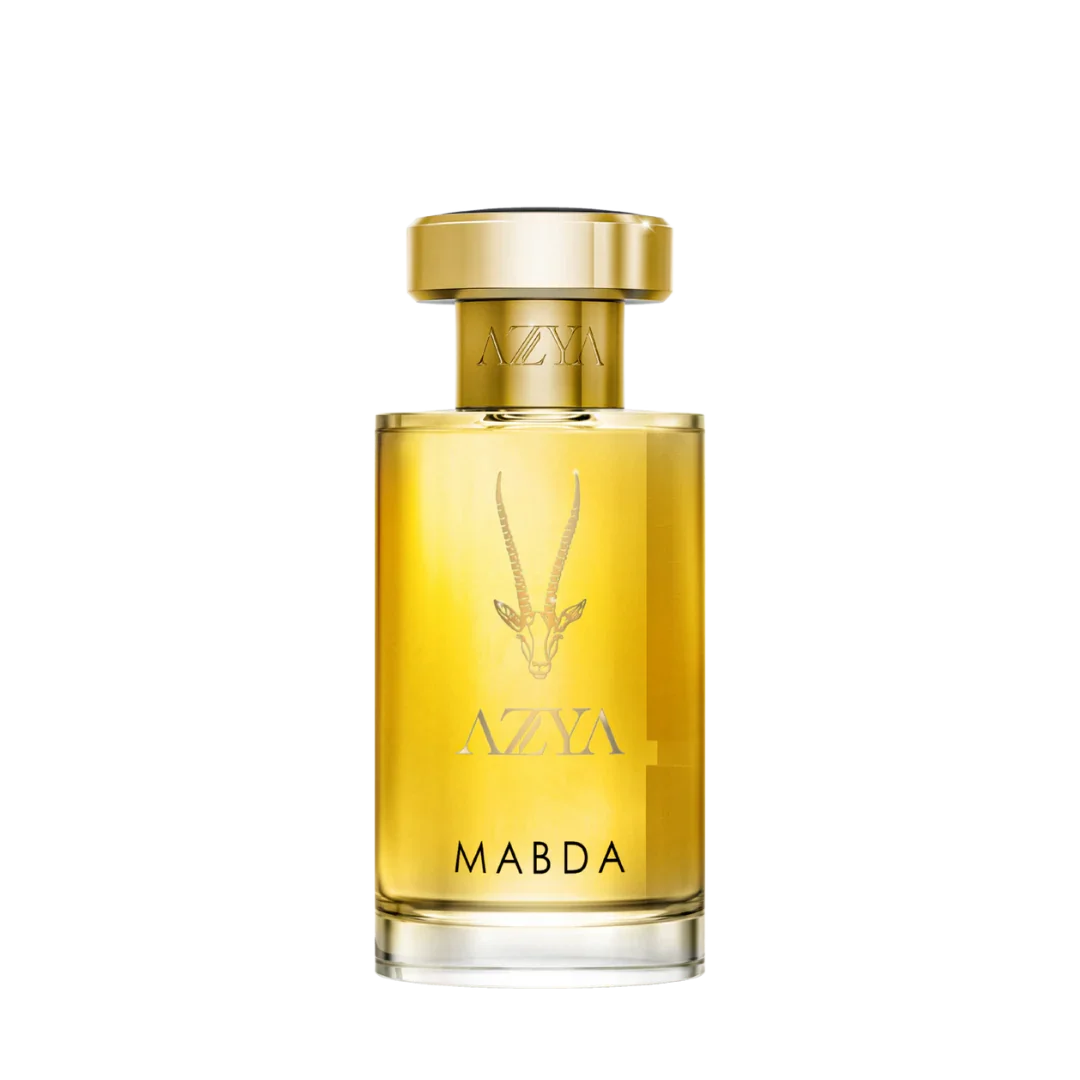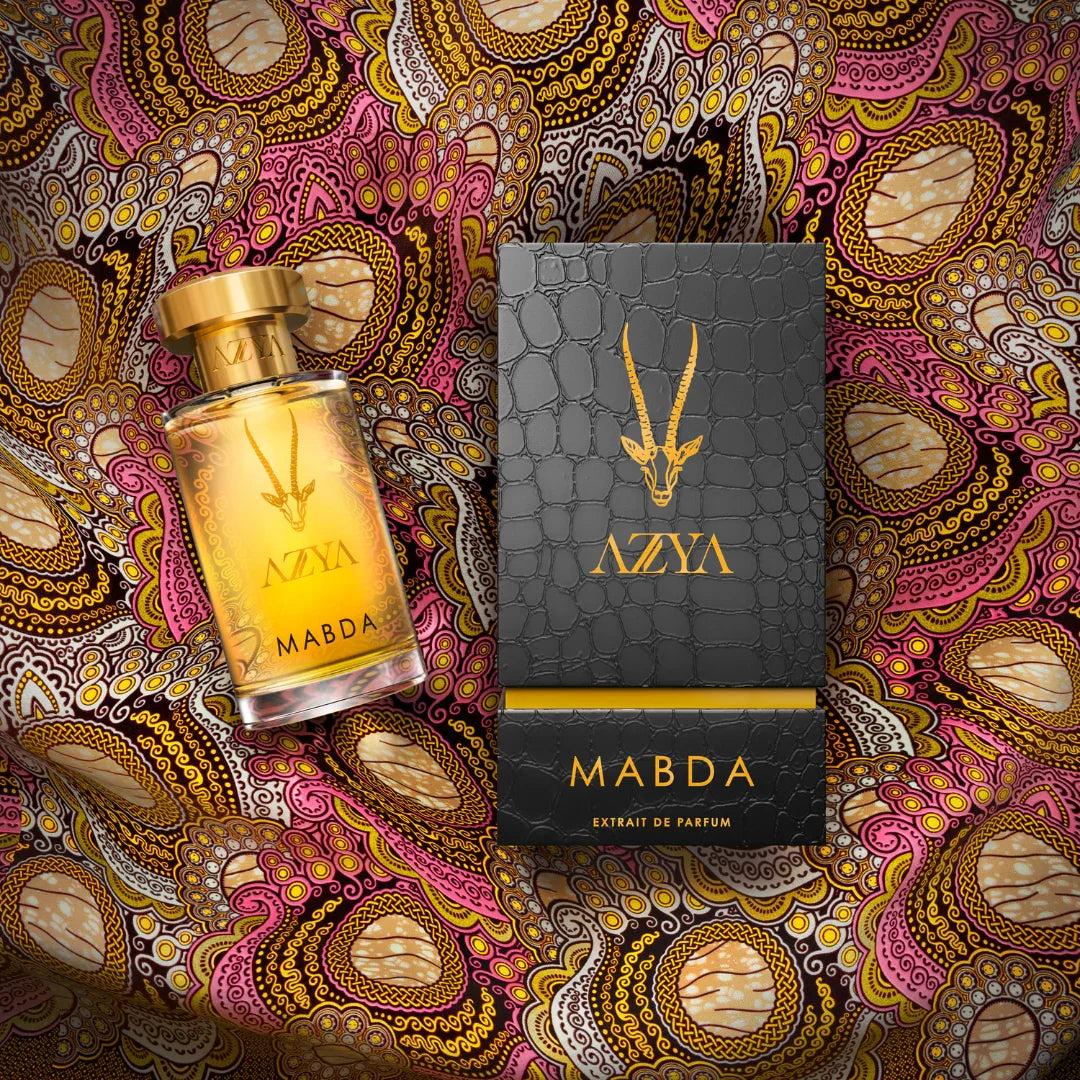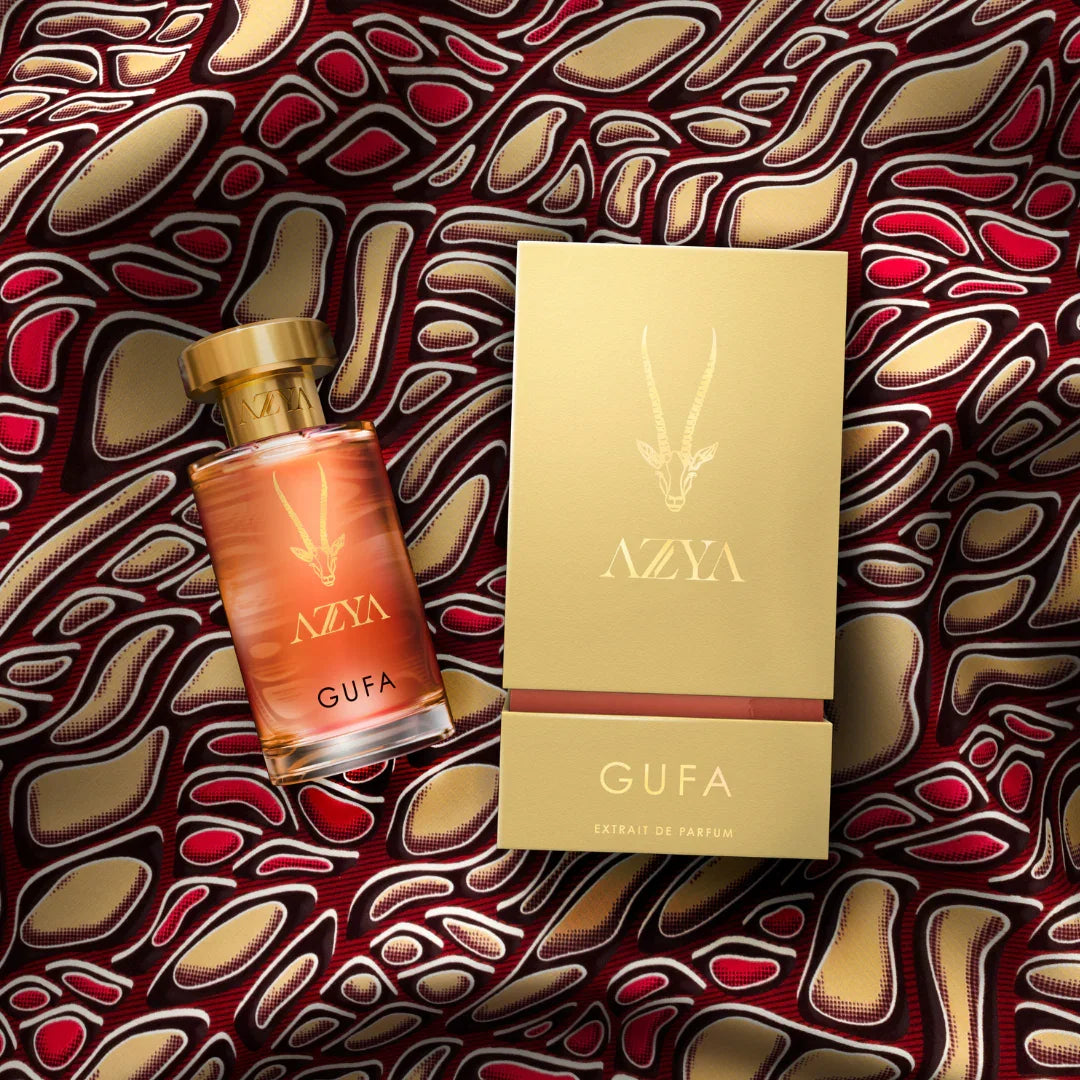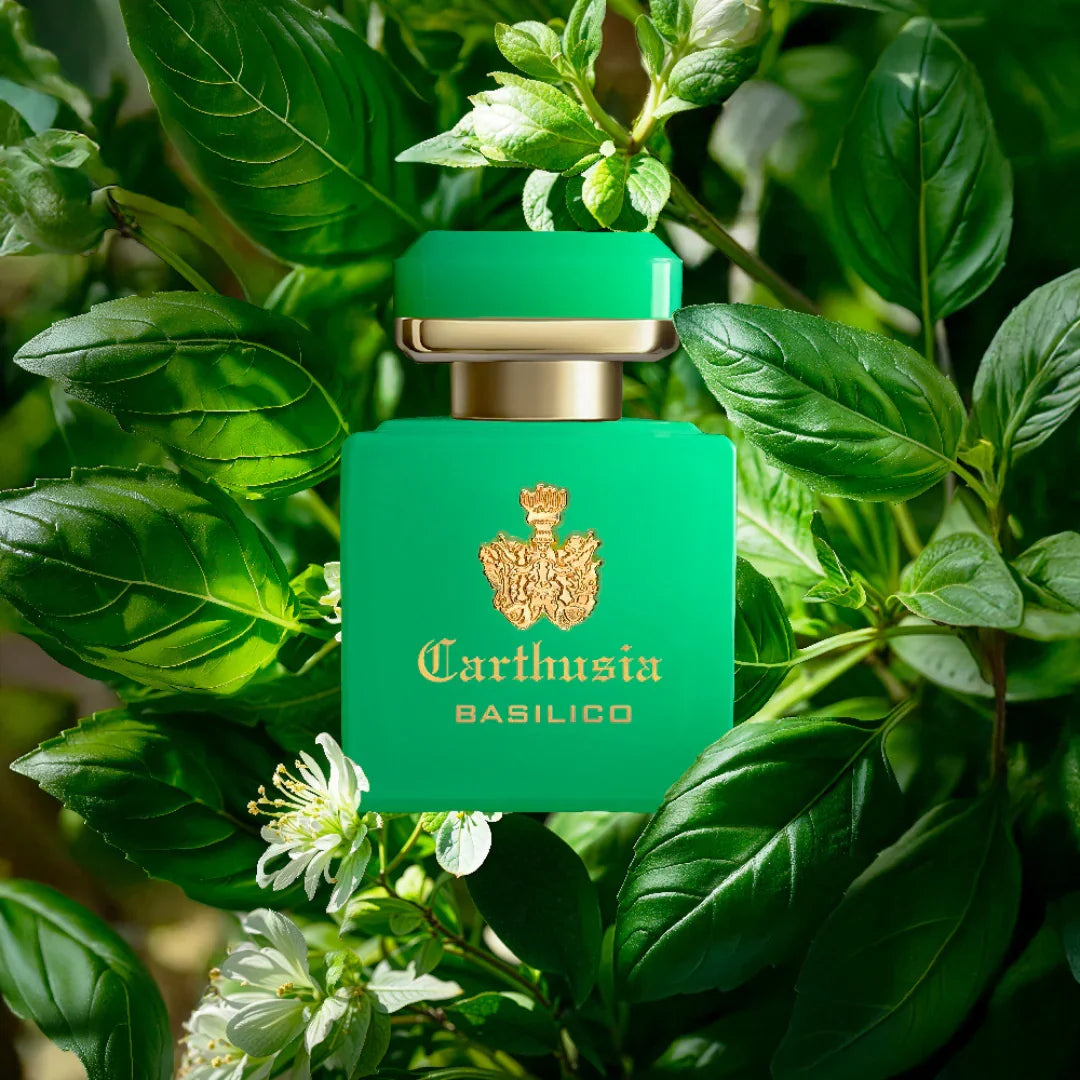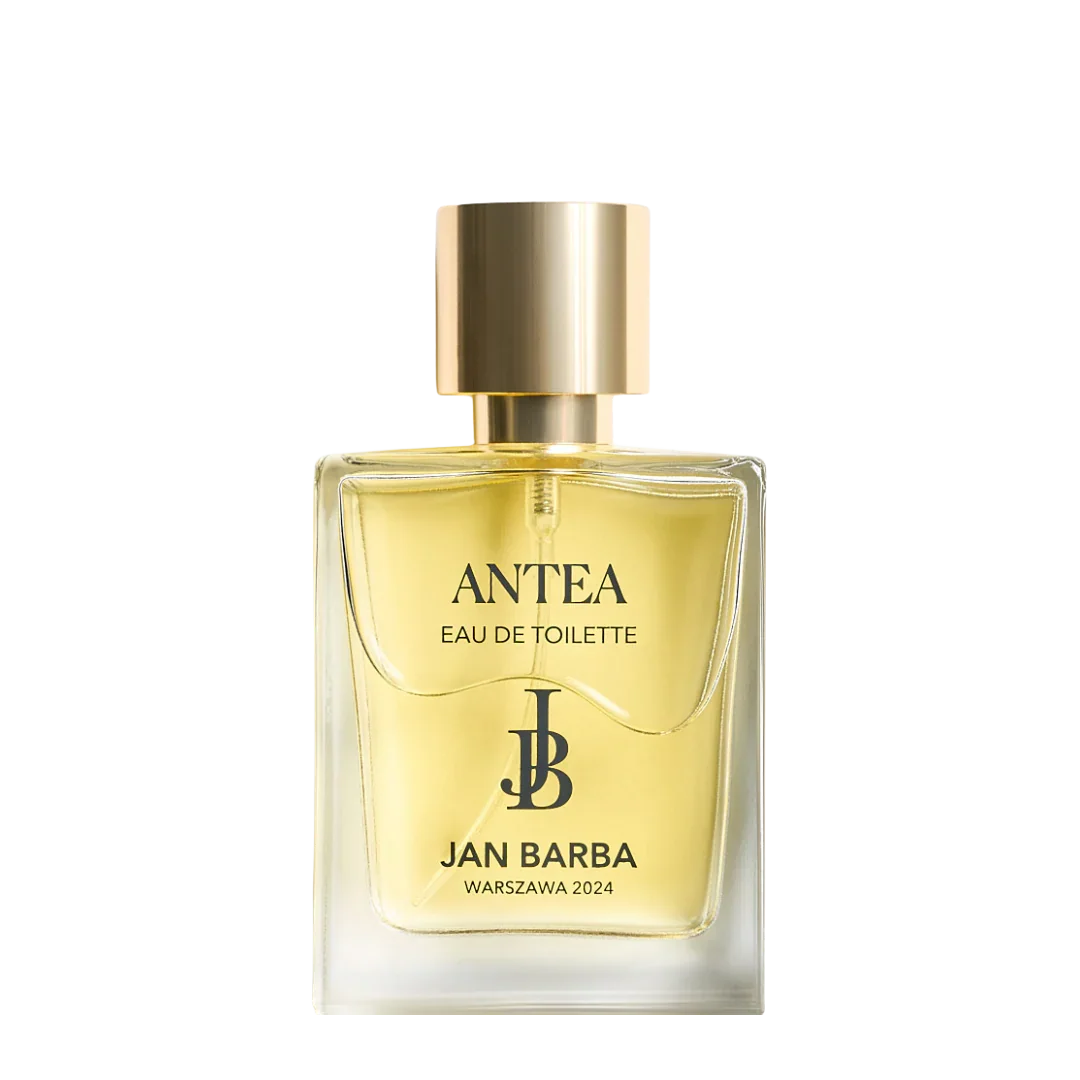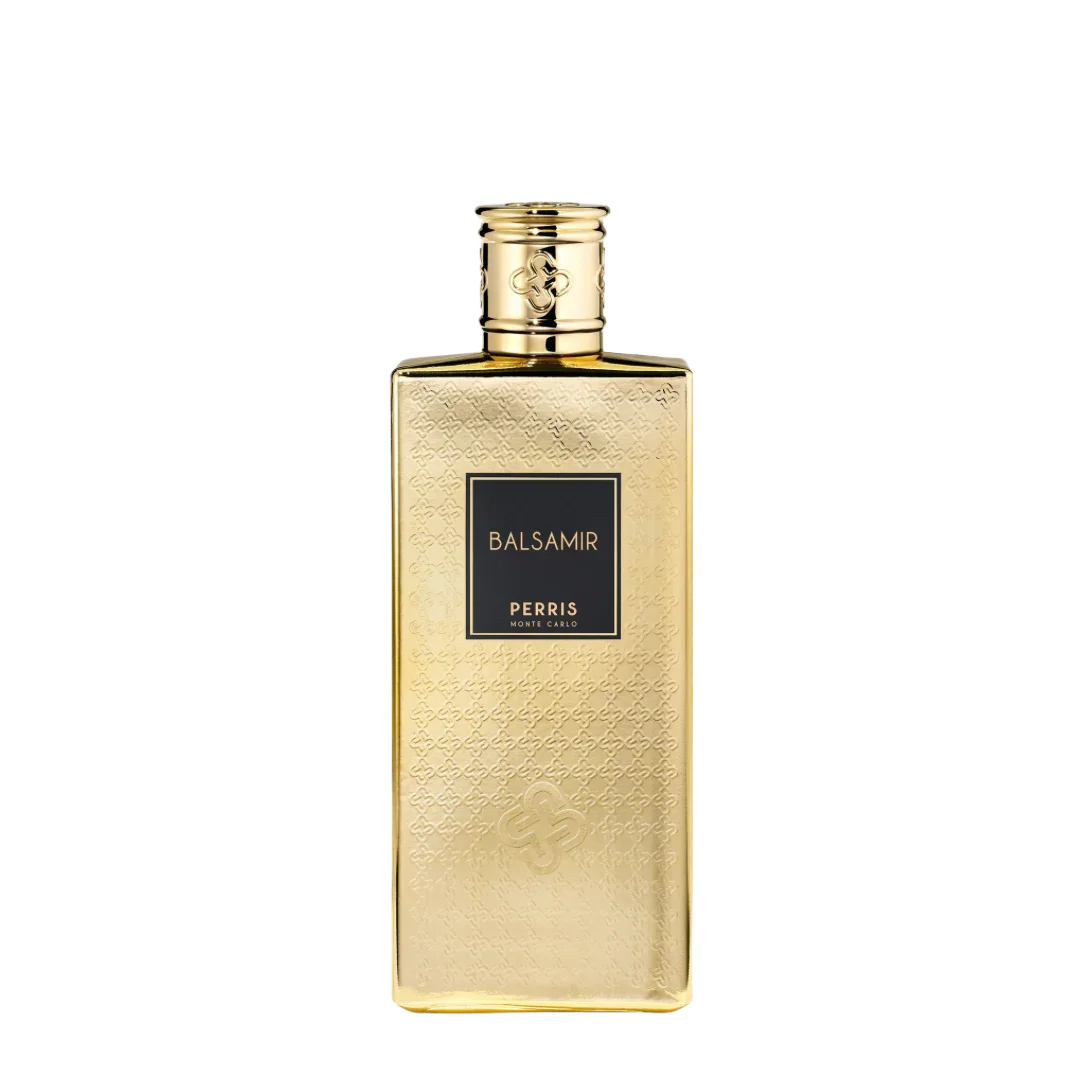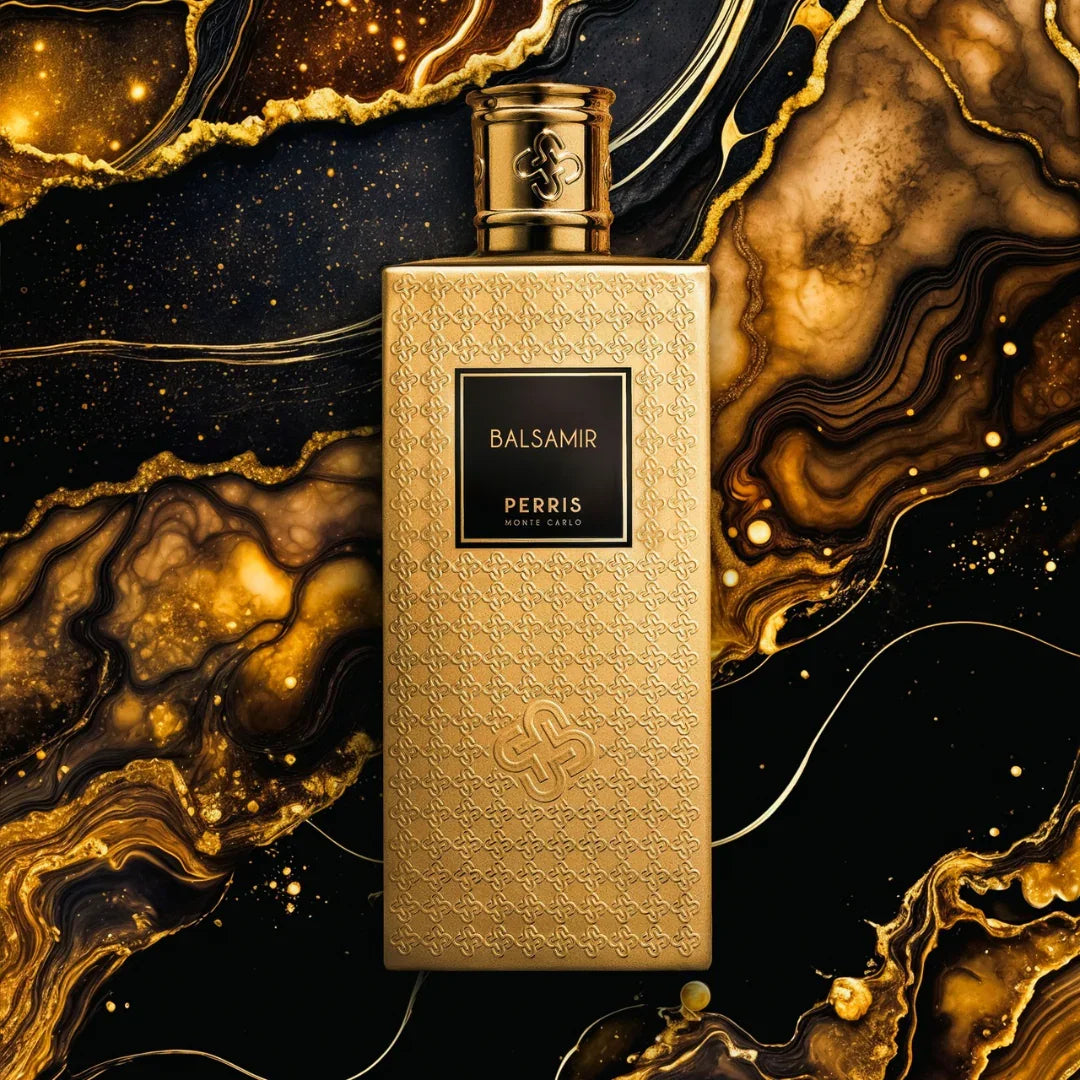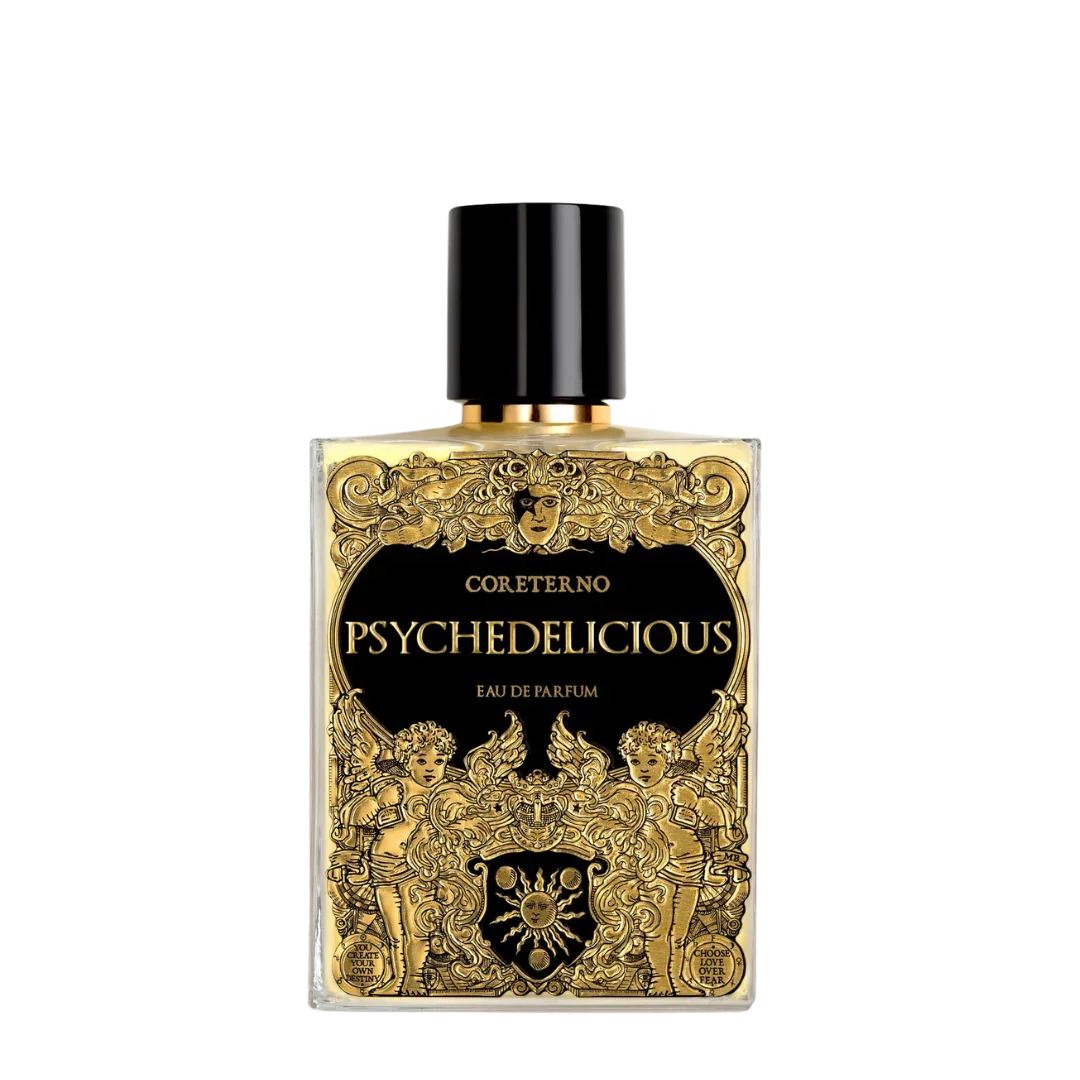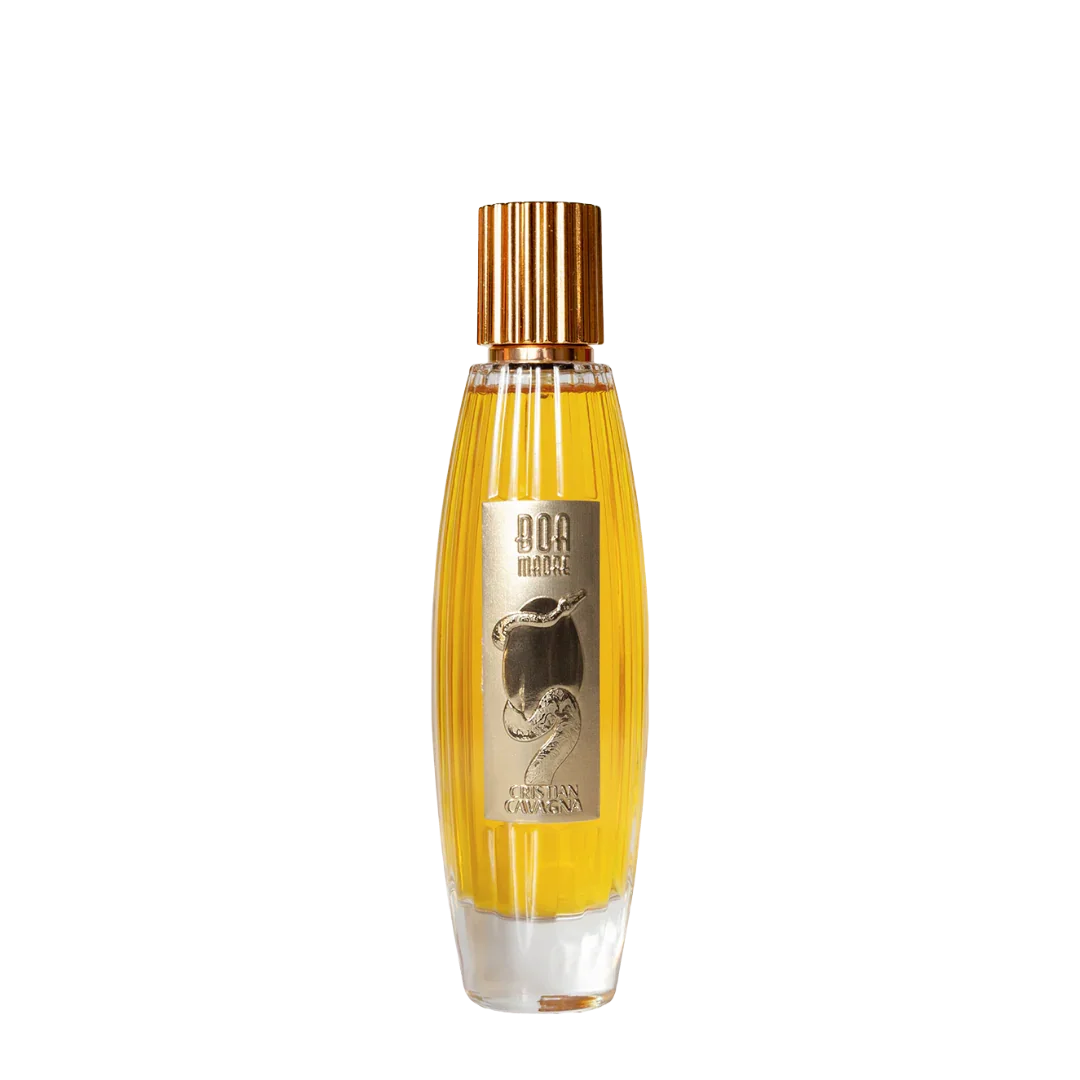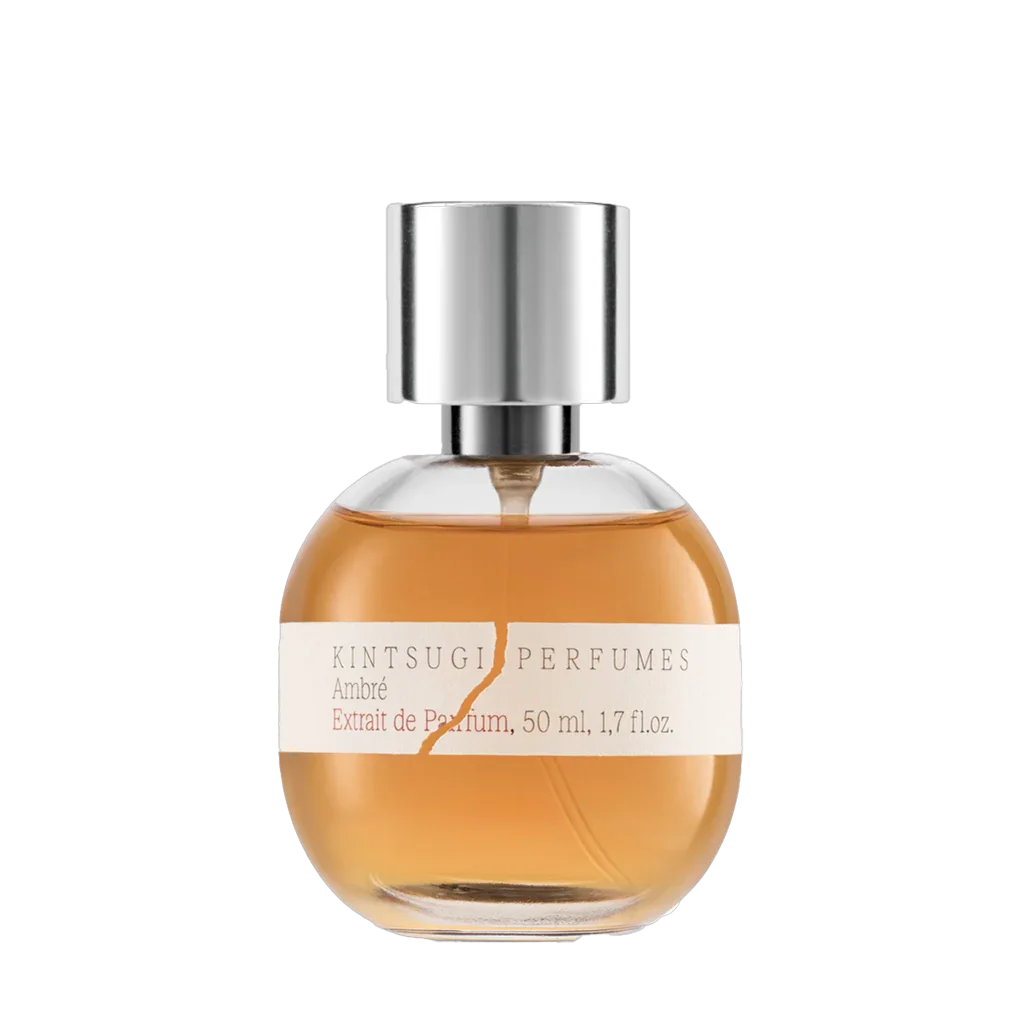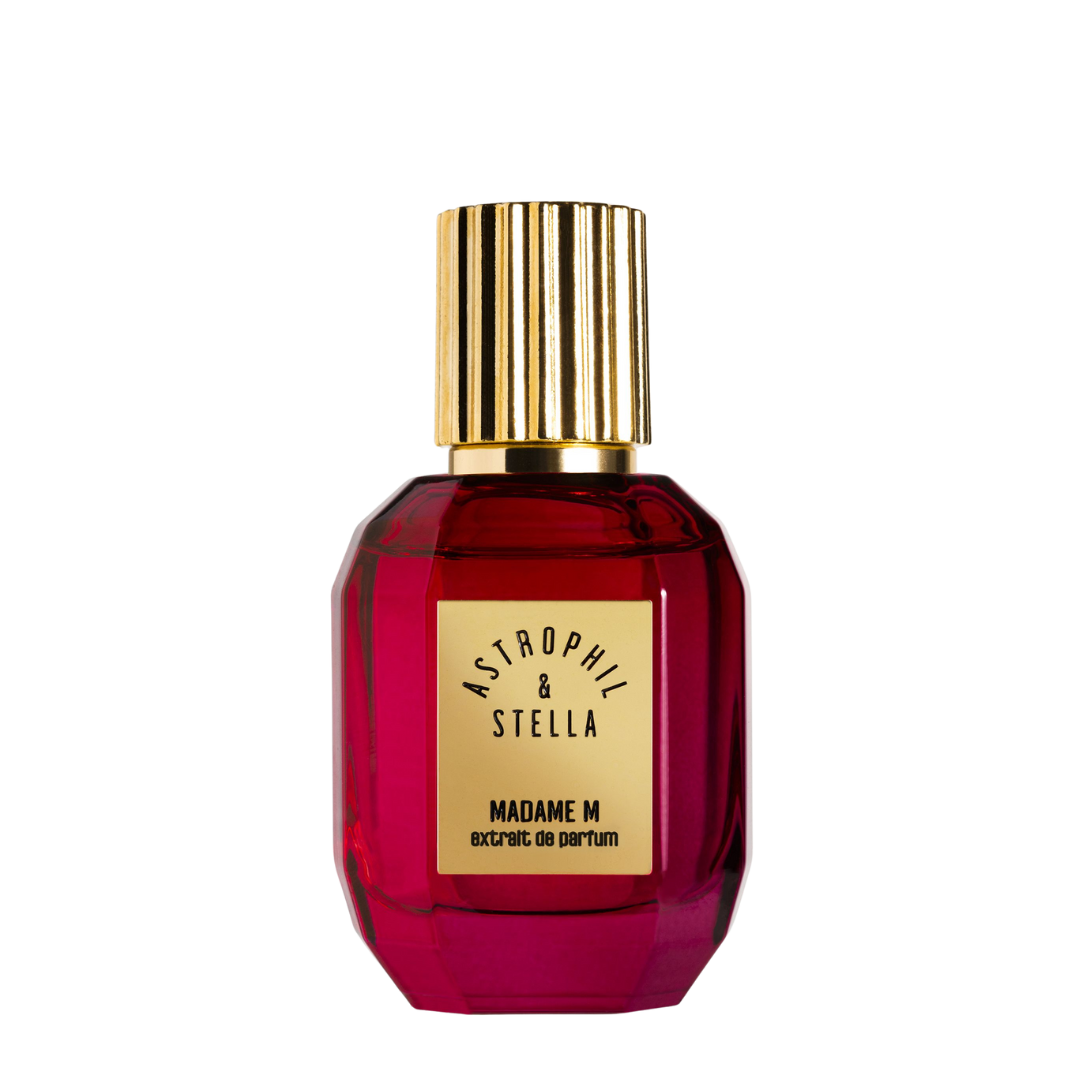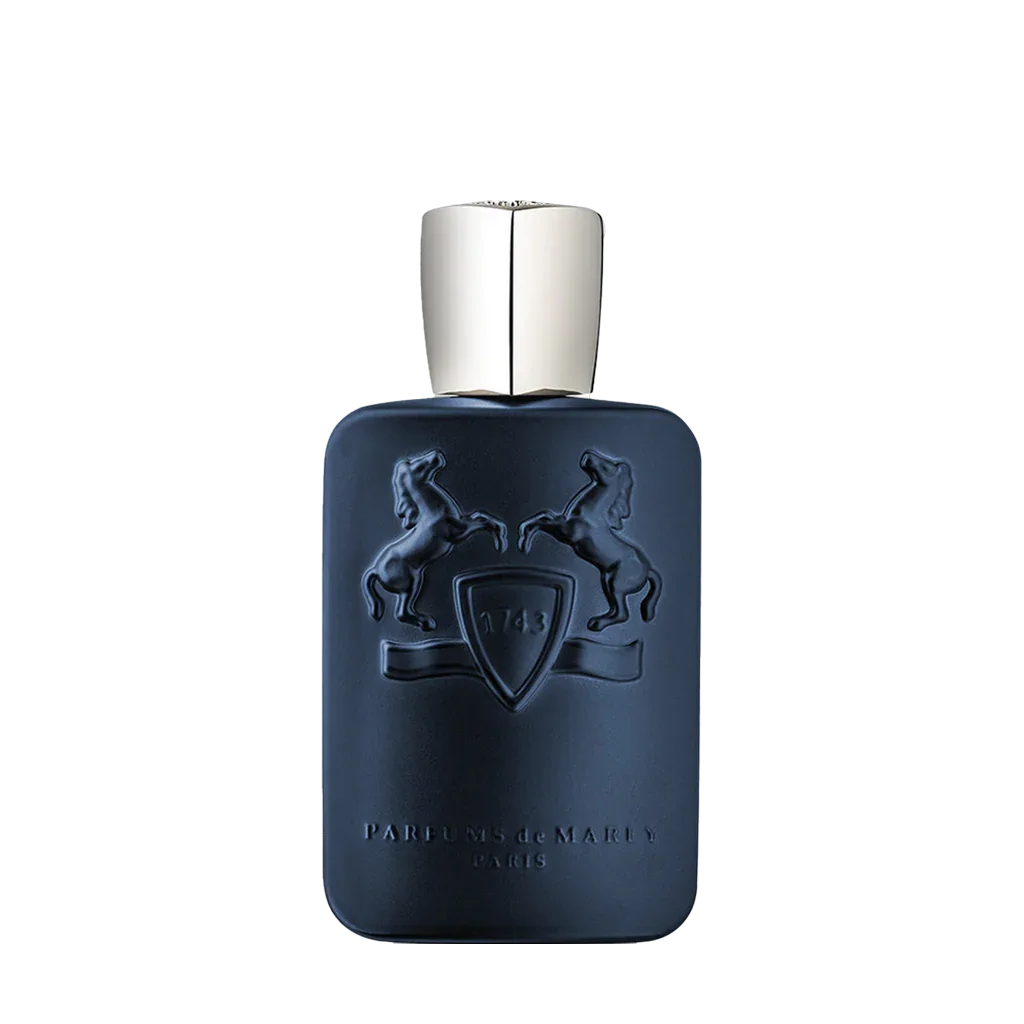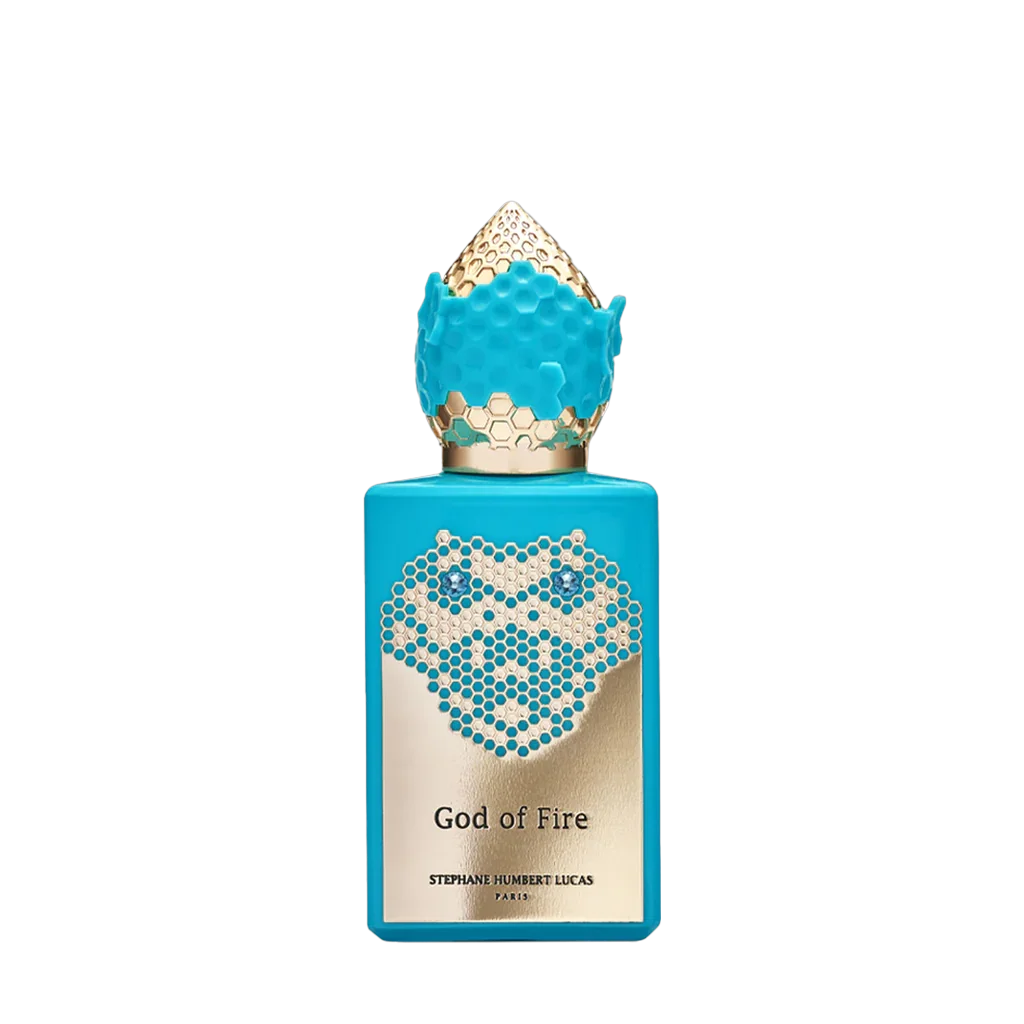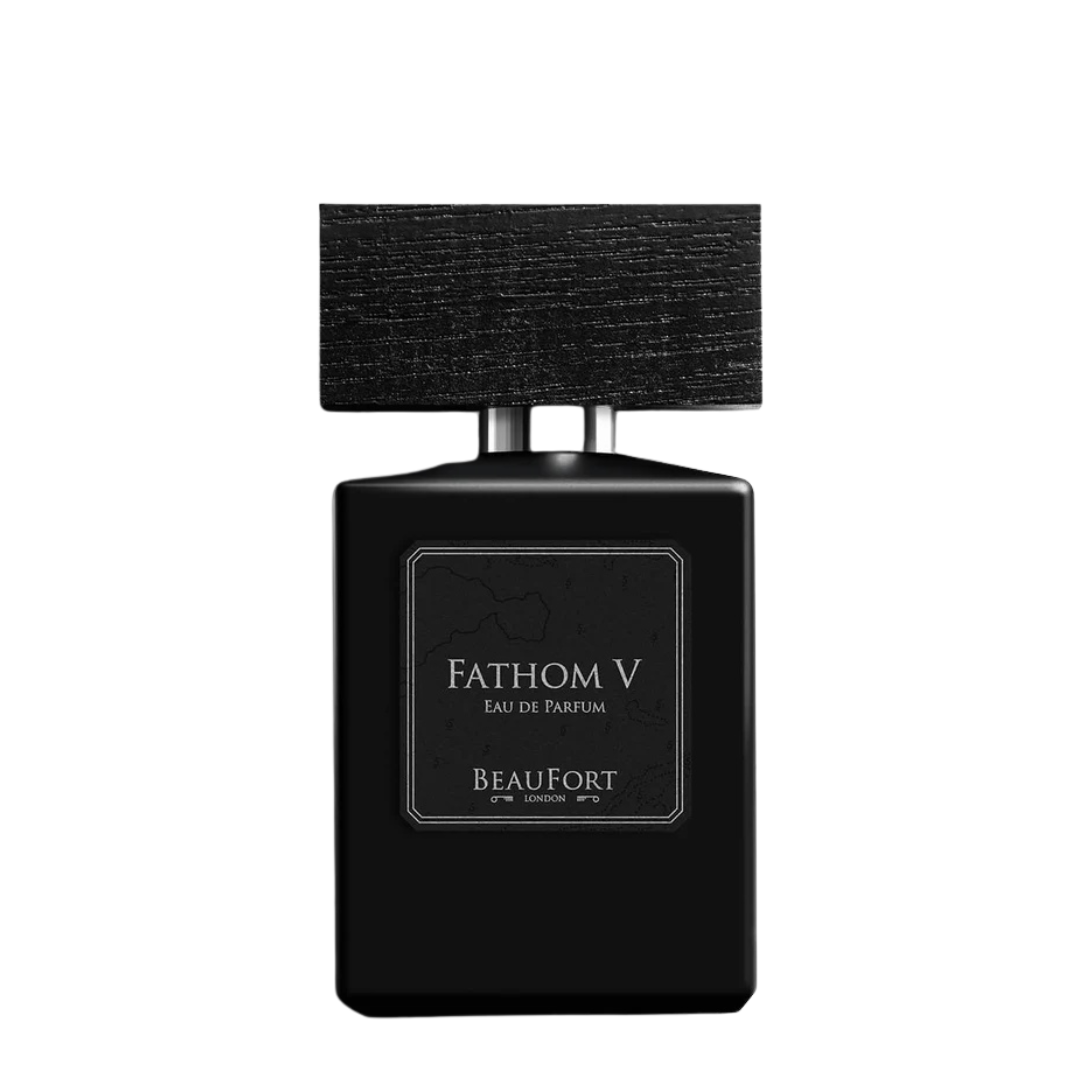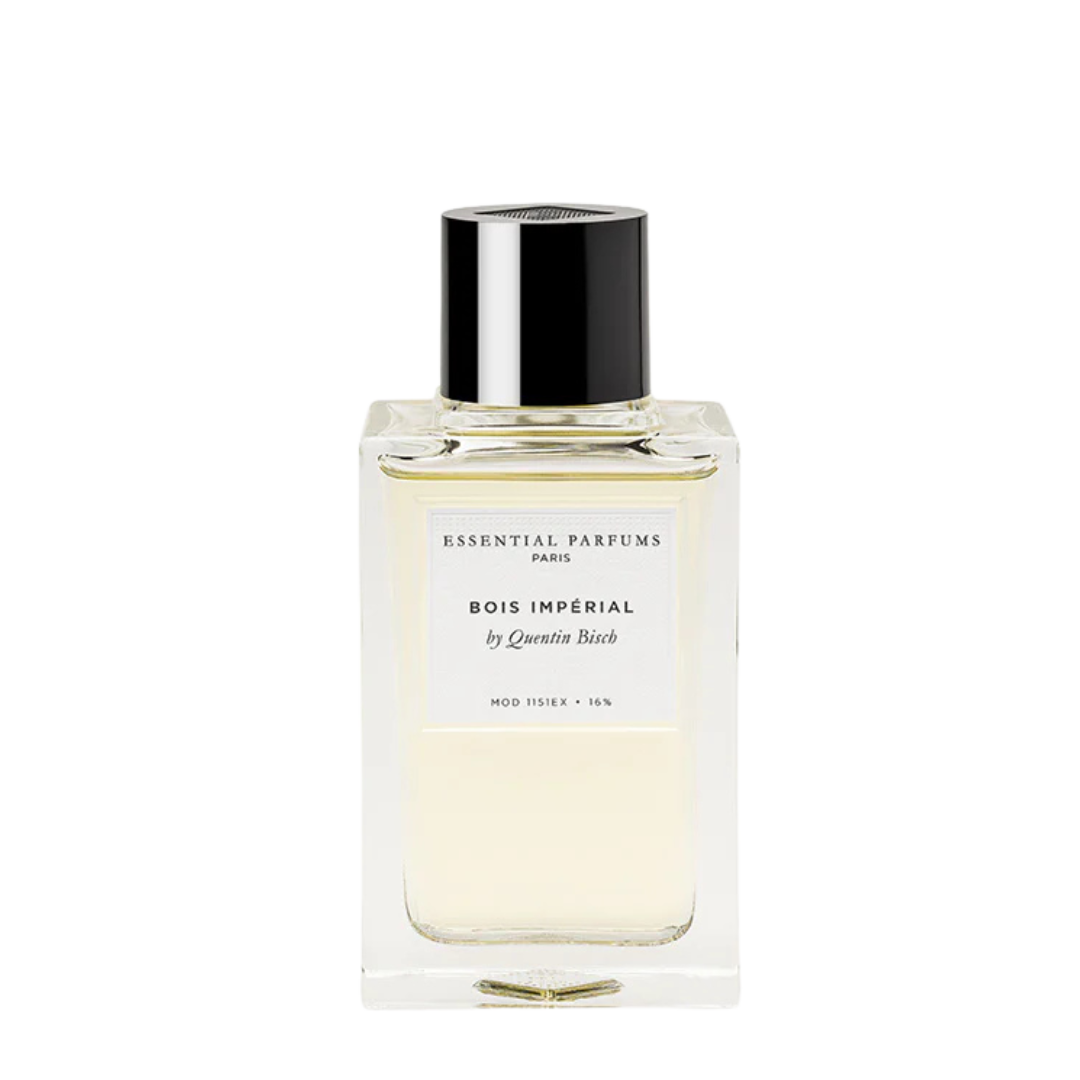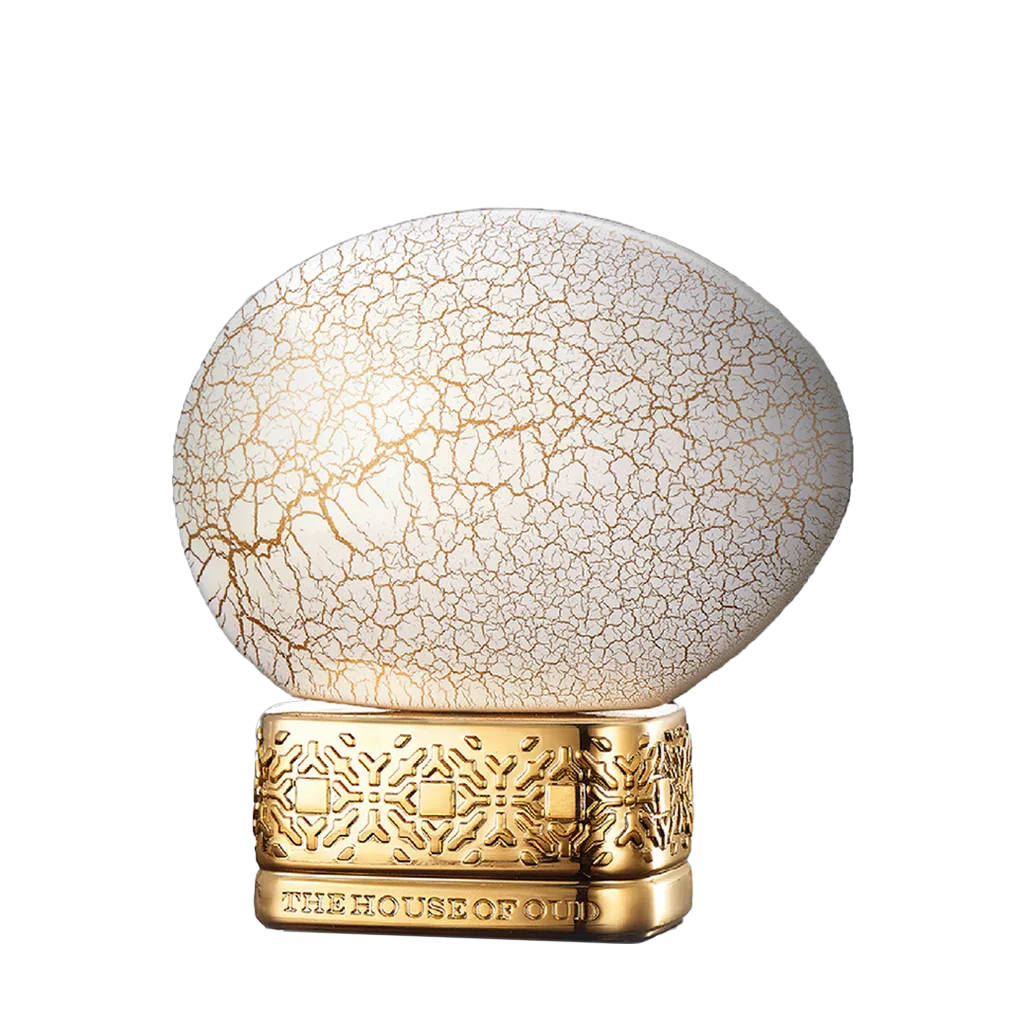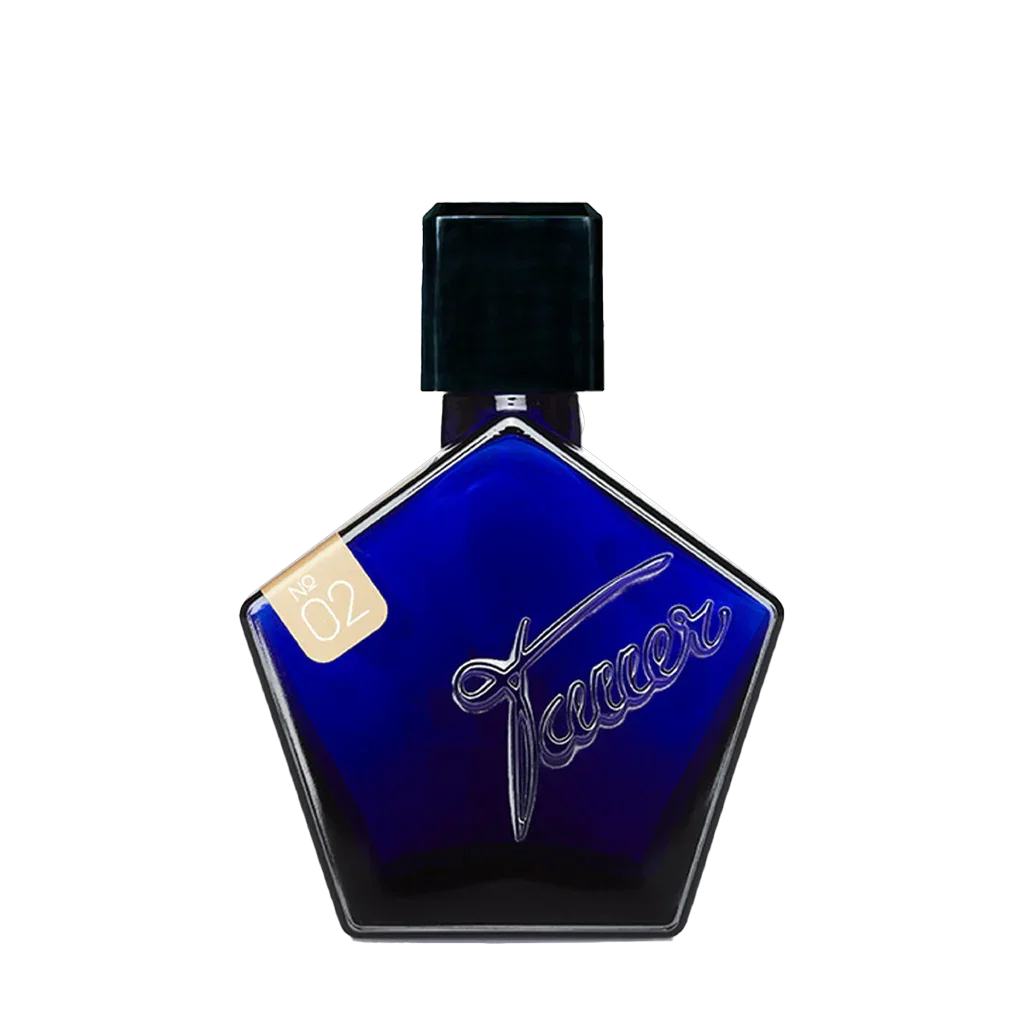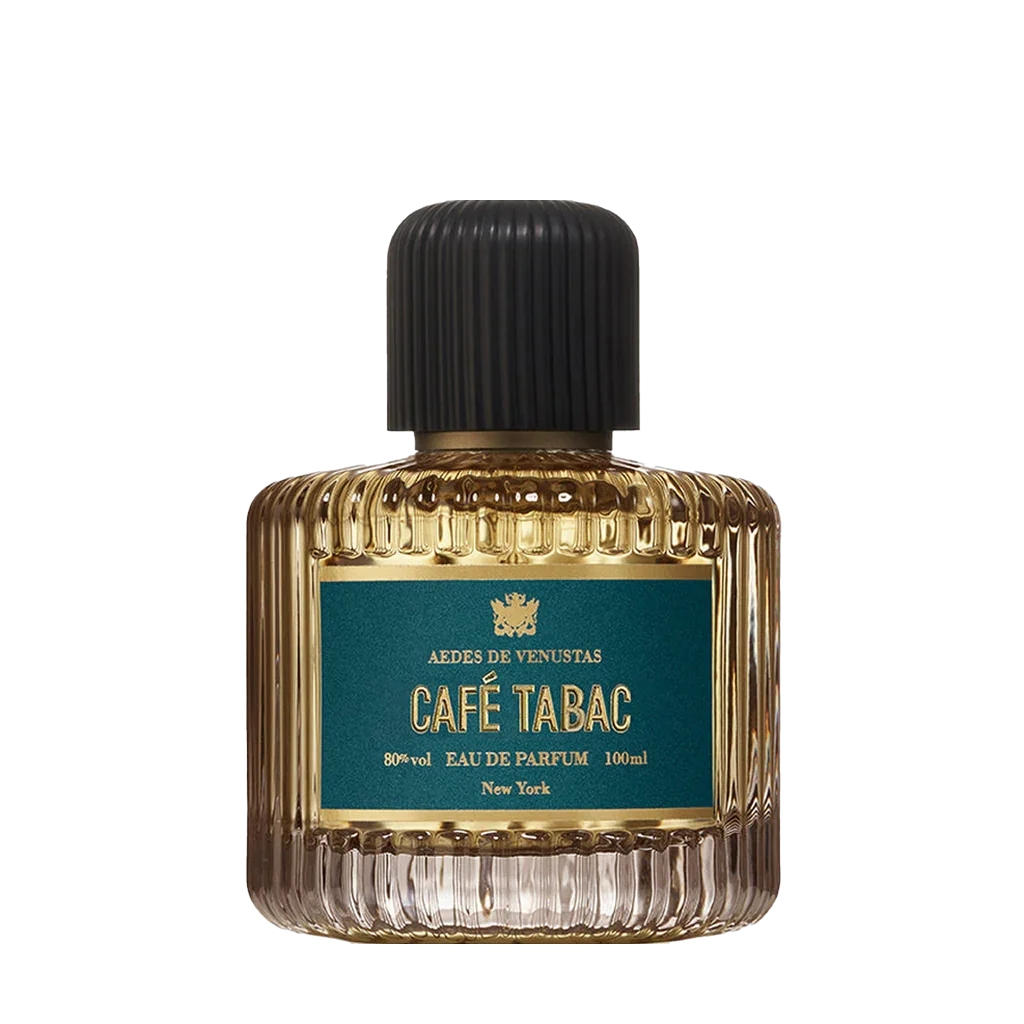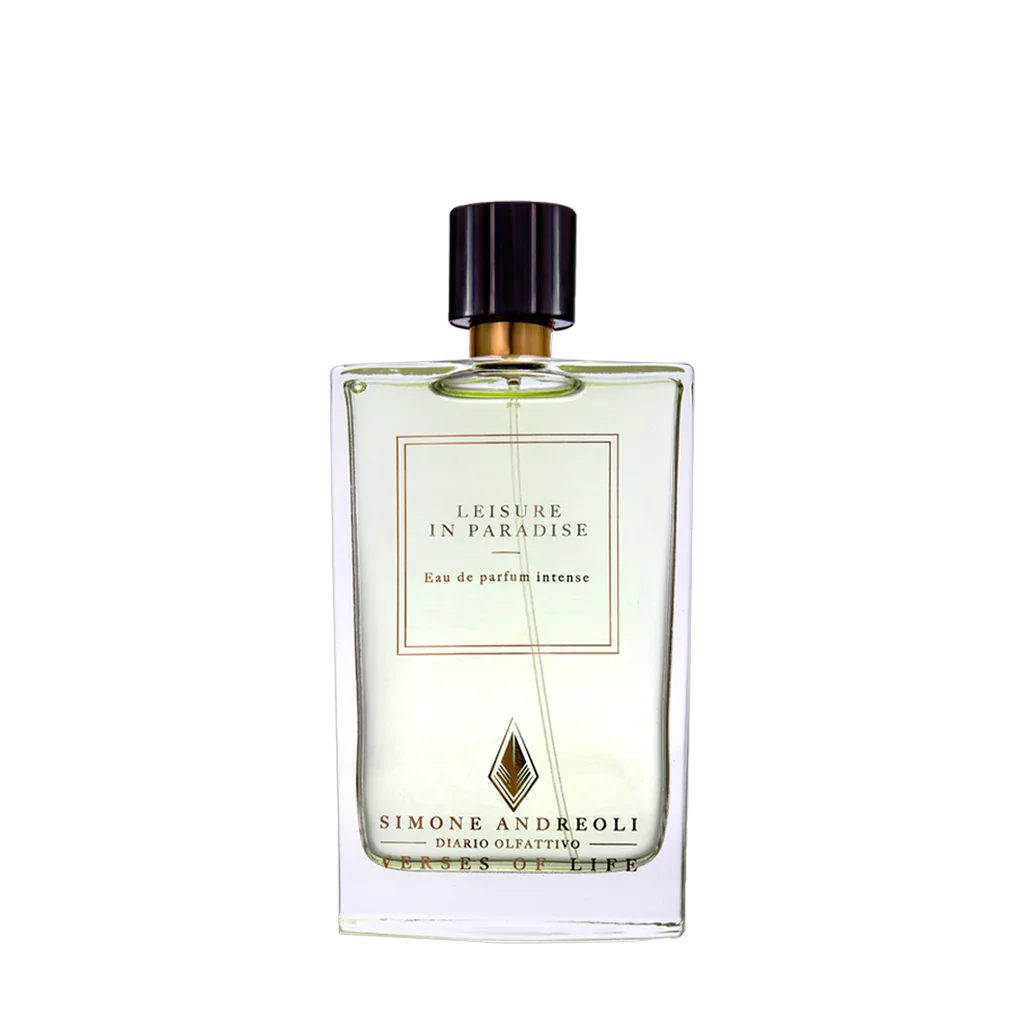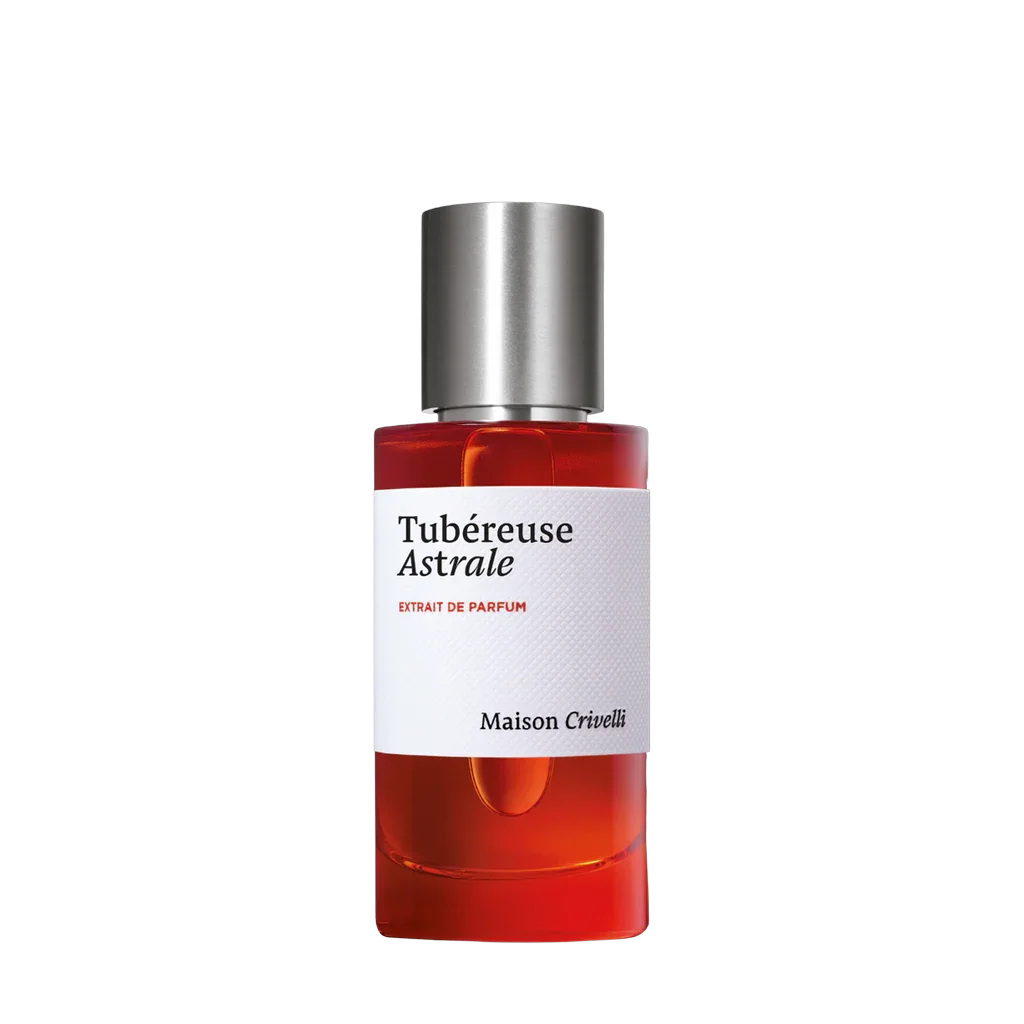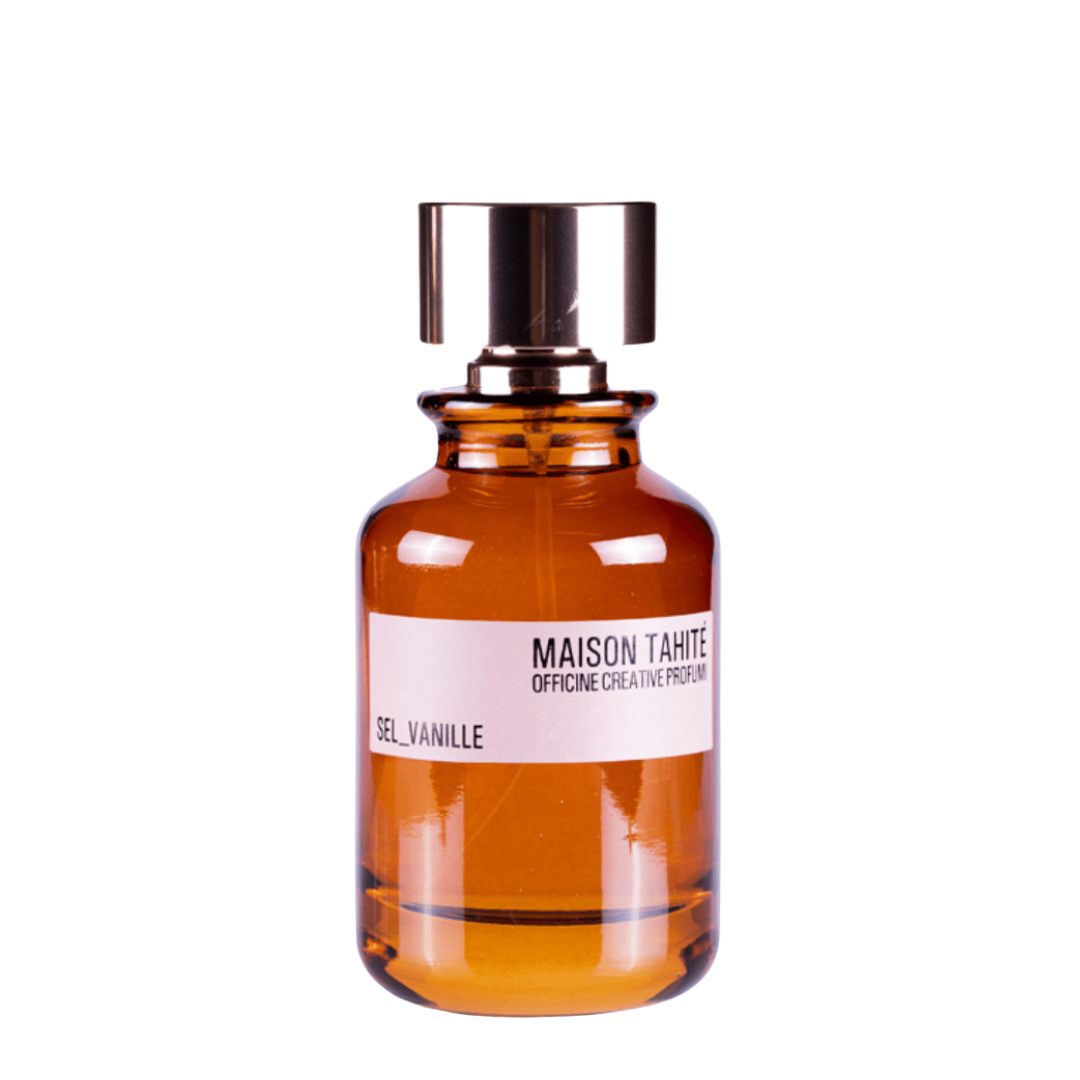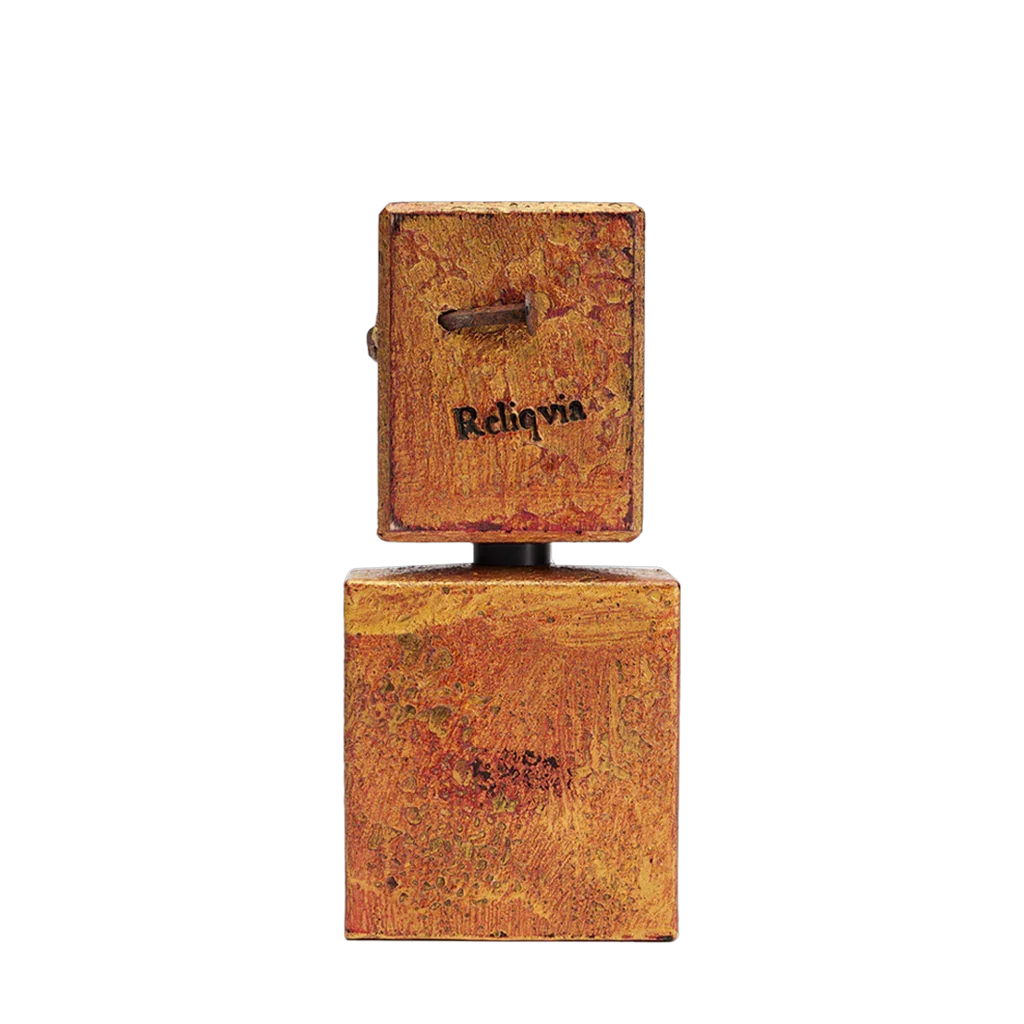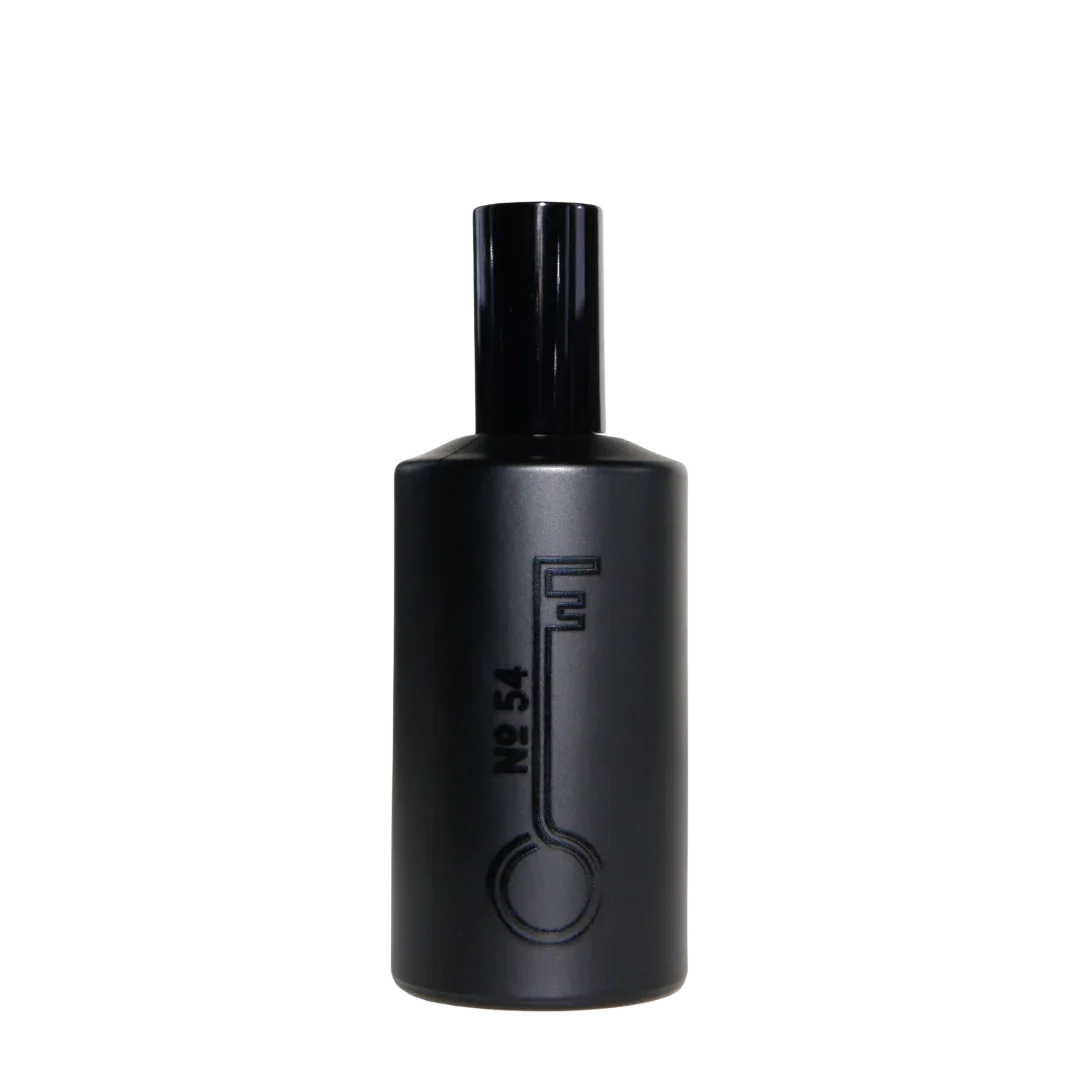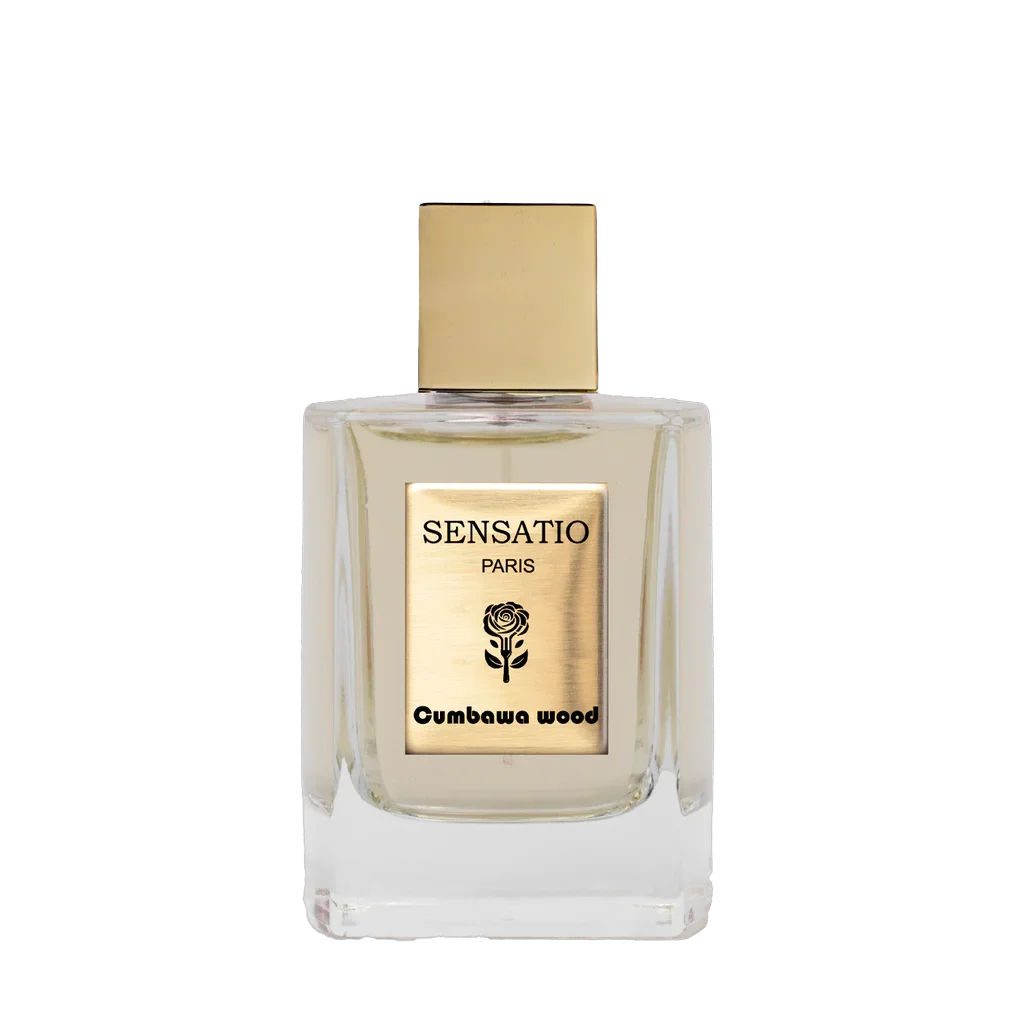Pepper – precision, heat and structure, without decorative sweetness – tells its story.
Pepper is one of the most distinctive raw materials in modern perfumery. Not merely a spice that delivers heat, but a multifaceted, analytical fragrance component that lends compositions contour, tension, and a dry elegance. Perfumers value pepper because it makes an immediate impression – raw, clear, direct, without softening.
Black pepper – warm, spicy, with natural energy
Black pepper (Piper nigrum) is the best-known variety and offers a warm, dry, and spicy profile. It is produced by fermenting and then drying the unripe fruits. The essential oil is obtained through steam distillation; depending on the origin – India, Vietnam, Madagascar – the proportion of piperine and terpenes varies, which determine the final fragrance character.
Black pepper has an energetic, friction-rich effect and is an ideal contrasting element in niche fragrance compositions.
White pepper – cooler, finer, almost metallic
For white pepper, the ripe peppercorns are soaked in water until their outer skin loosens. The inner kernel is then dried. The result: a significantly lighter, cleaner aroma, often with almost metallic, cool undertones.
In perfumery, white pepper is used when precision is required rather than warmth – perfect for clear, linear, exceptional fragrances that prioritize structure over opulence.
Pink peppercorn – fruity, modern, sensual
Pink peppercorns (Schinus molle or Schinus terebinthifolia) are not botanically a true pepper, but their fragrance profile has revolutionized modern perfumery. The oil, usually obtained through CO₂ extraction, displays vibrant accords: fruity , berry-like , lightly spicy , with a subtle heat.
It gives unisex perfume compositions a lively, almost transparent impulse – less harshness, more radiance.
Timut and Sichuan – citrus, tingling and sensory electricity
True specialties include Timut pepper from Nepal and Sichuan pepper from China. Neither belongs to the pepper family, but both have an electric spark-like effect in the nose.
– Timut: vibrant notes of grapefruit , citrus zest, subtle smoke.
– Sichuan: dry, tangy, slightly numbing – a sensory tingle that gives compositions an almost futuristic freshness.
Production & quality differences – why not all pepper is created equal
The method of extraction is crucial:
– Steam distillation produces clear, spicy, dry pepper oils.
– CO₂ extraction delivers fuller, rounder, more natural-looking profiles with greater depth.
– Absolutes (rare, but possible) show a darker, more complex, resinous spectrum.
Origin and harvest time determine intensity and purity. High-quality pepper never has an overpowering aroma, but rather reveals layers: wood, resin, citrus, warmth, metal, minerality – depending on the variety, processing, and region.
Why pepper remains indispensable in its niche.
Pepper creates friction. It orders, clarifies, sharpens. It doesn't make a luxurious niche perfume sharper, but more precise – it gives cool woods definition, dark amber notes structure, and floral accords a sincere, dry tension.
He remains a raw material that works at the edges – subtle, energetic, honest.
Copyright by scent amor © 2025 (grw)

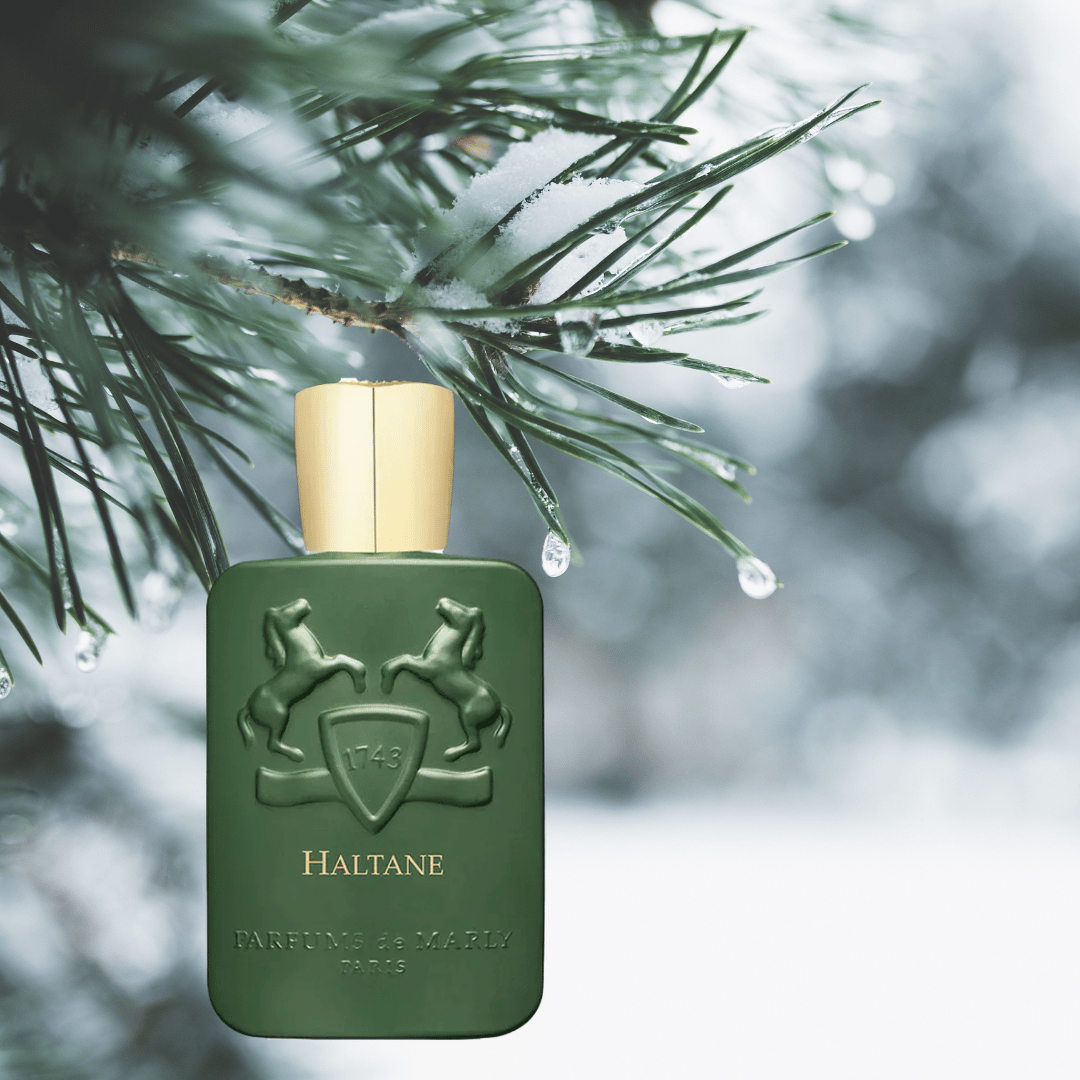








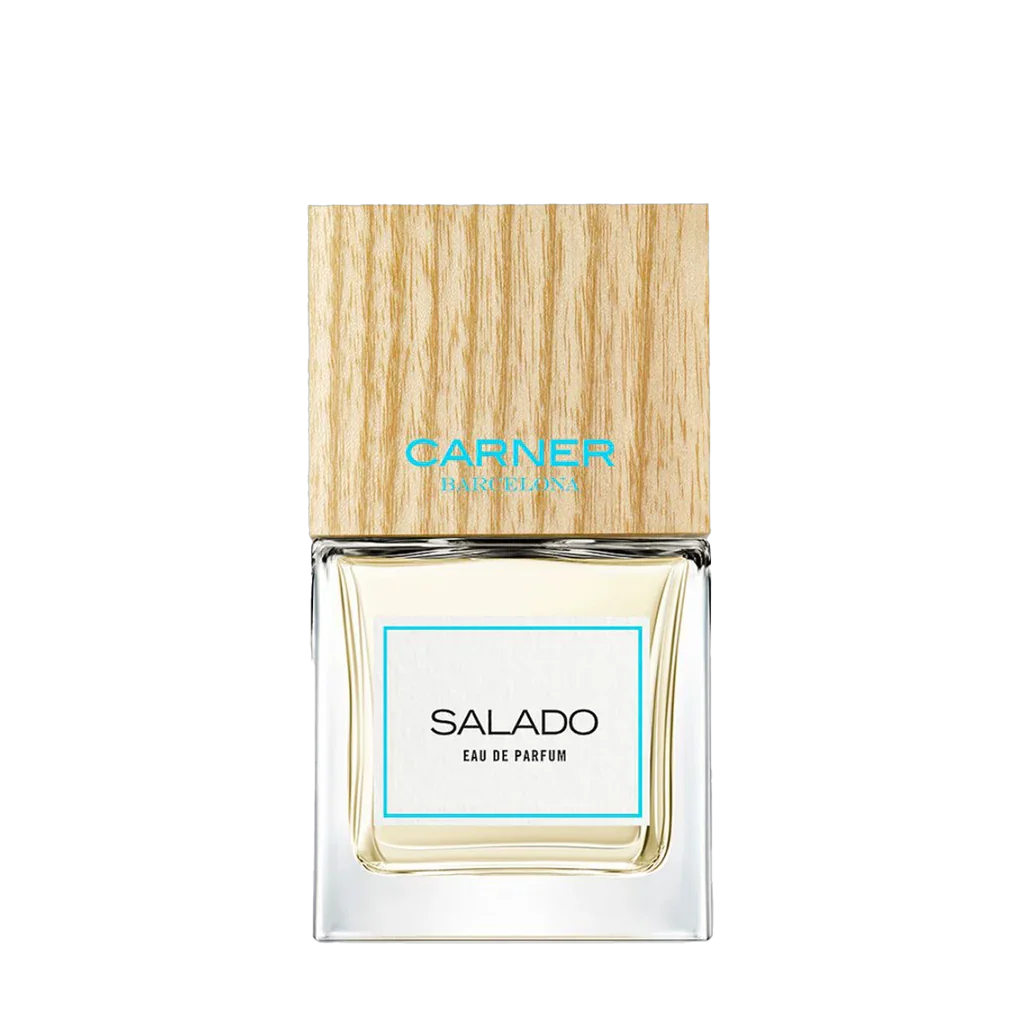

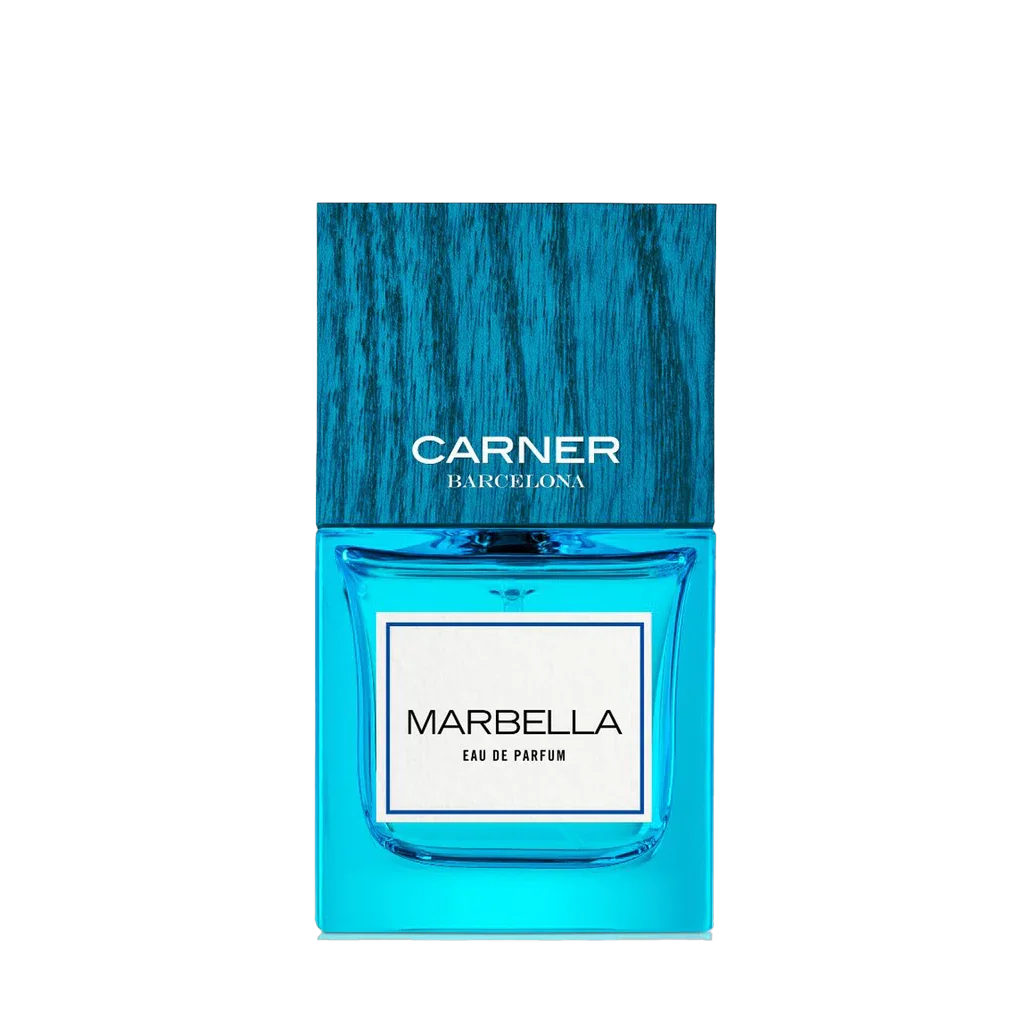

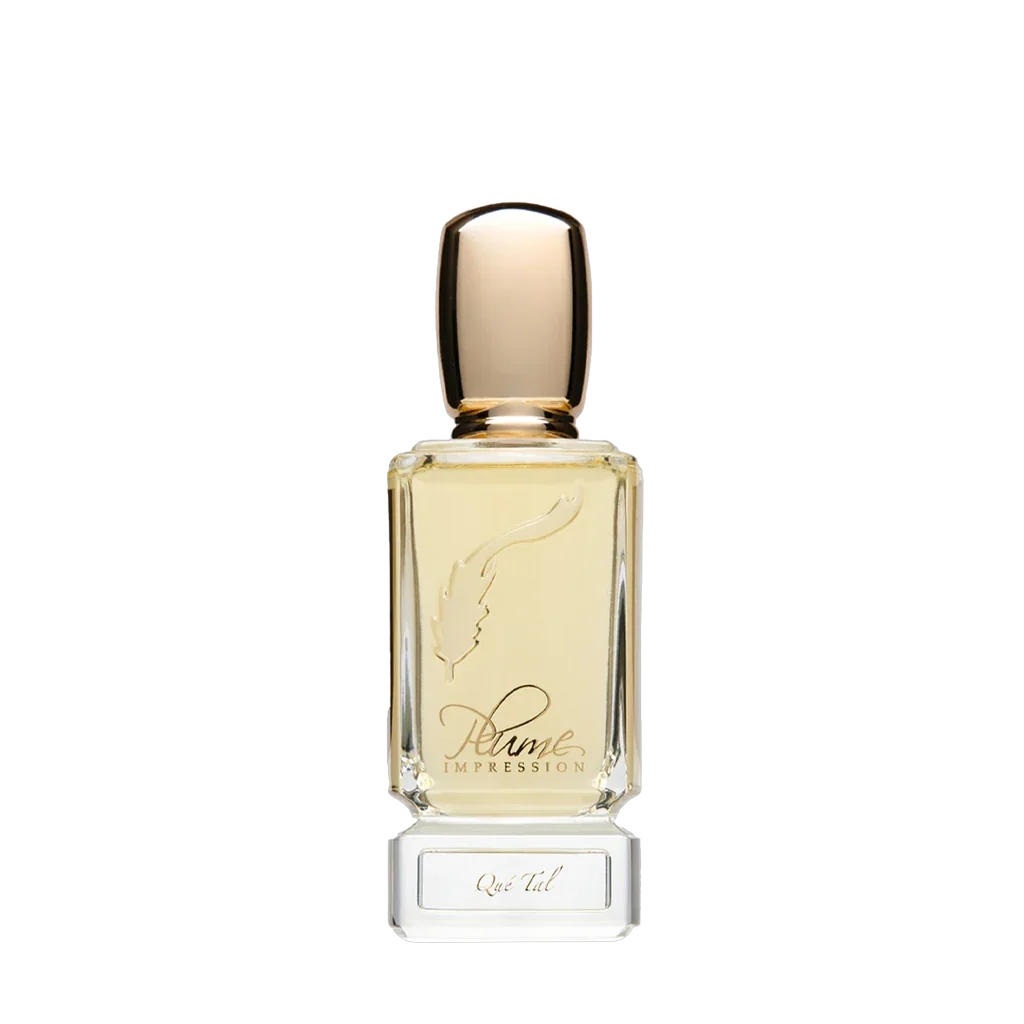

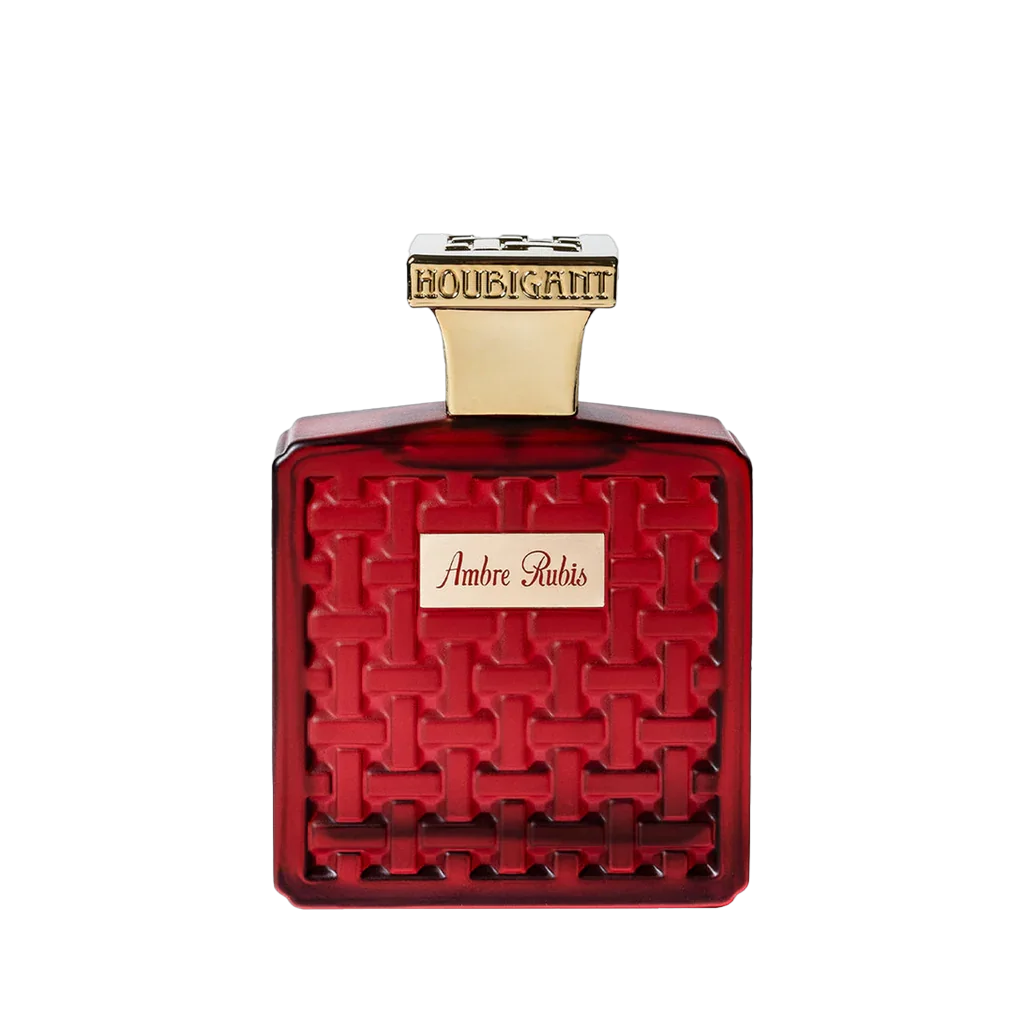
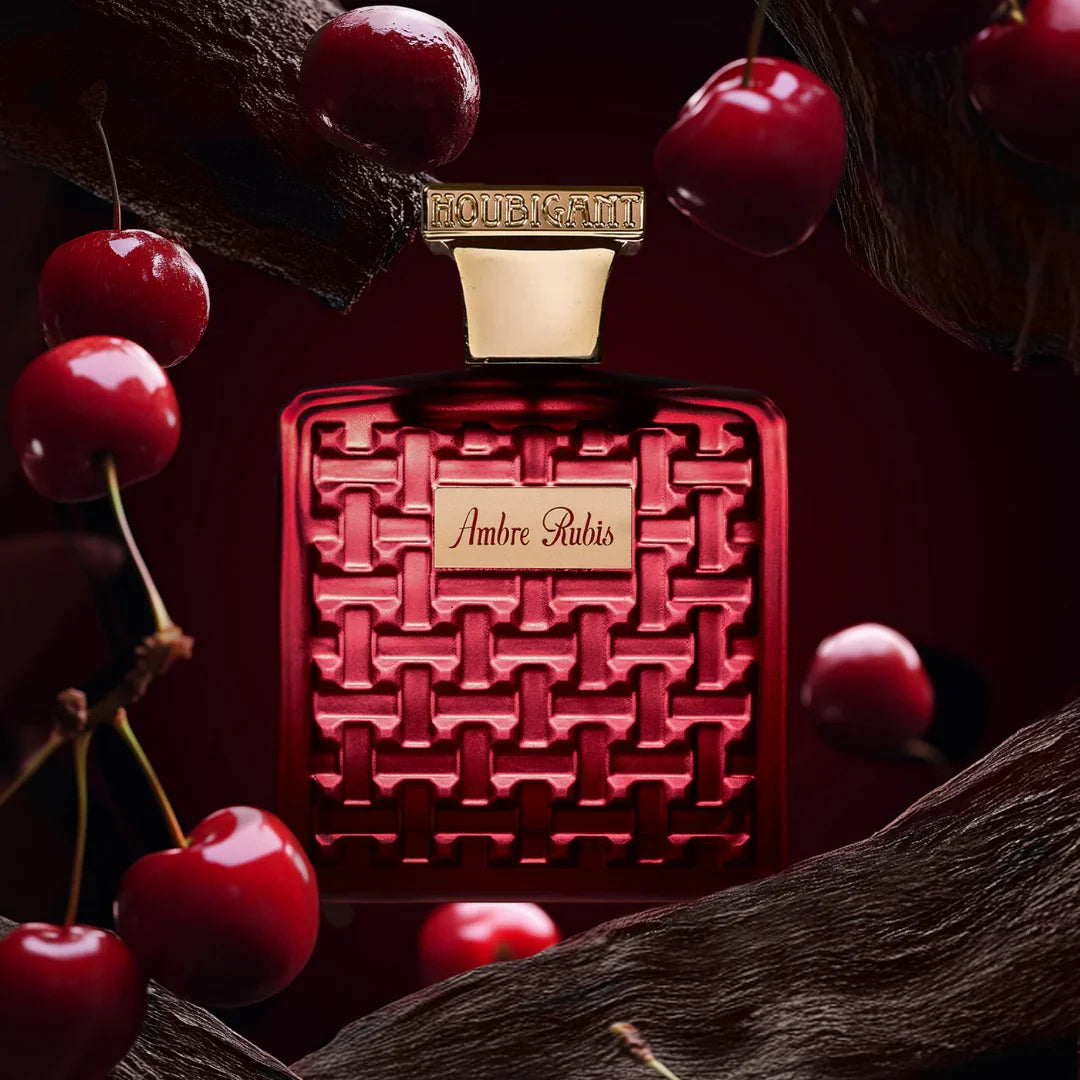


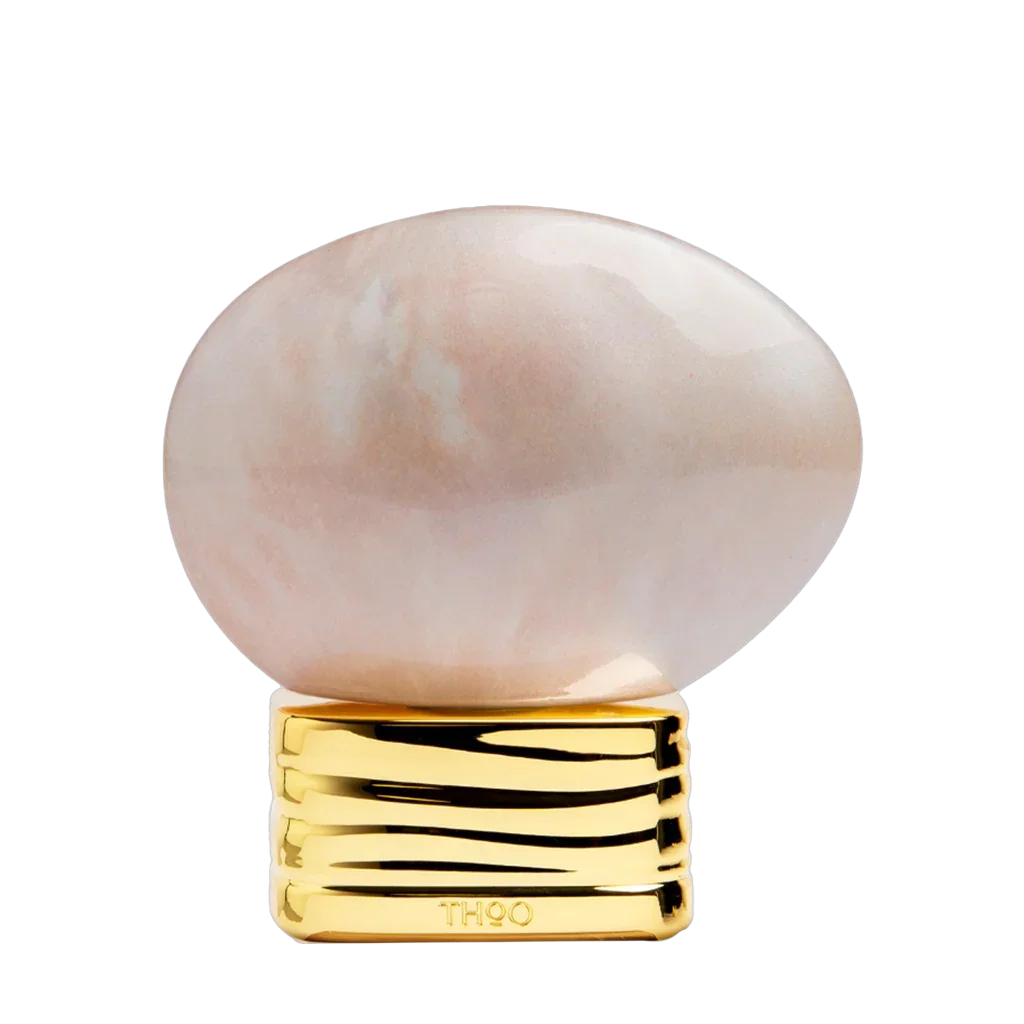



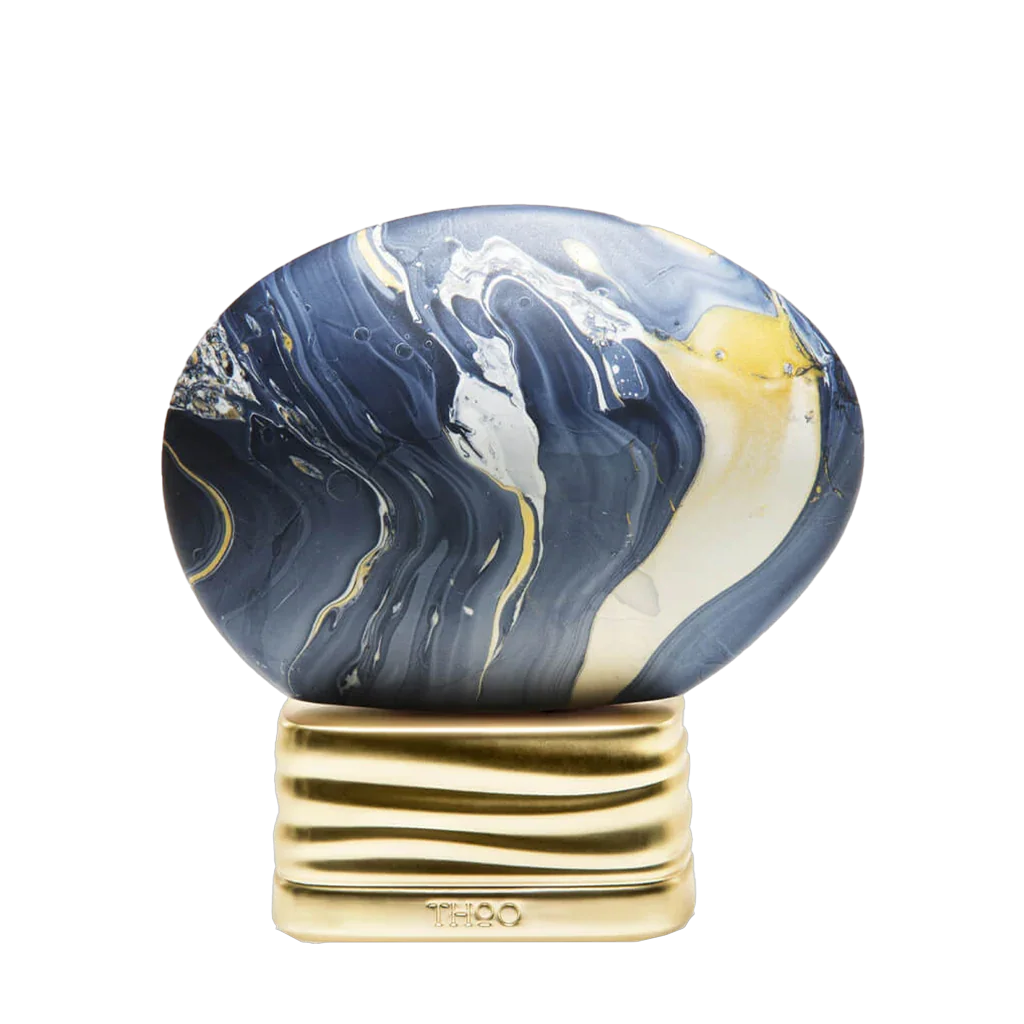



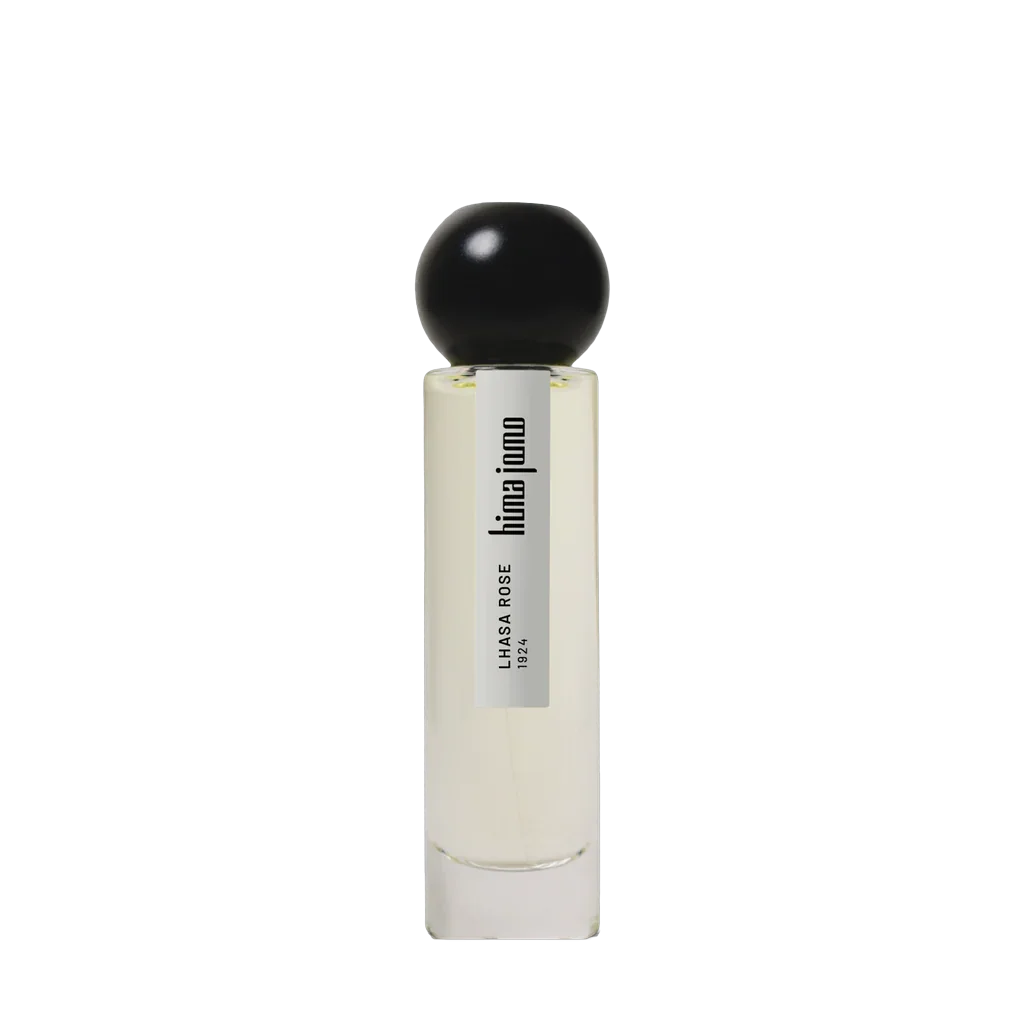
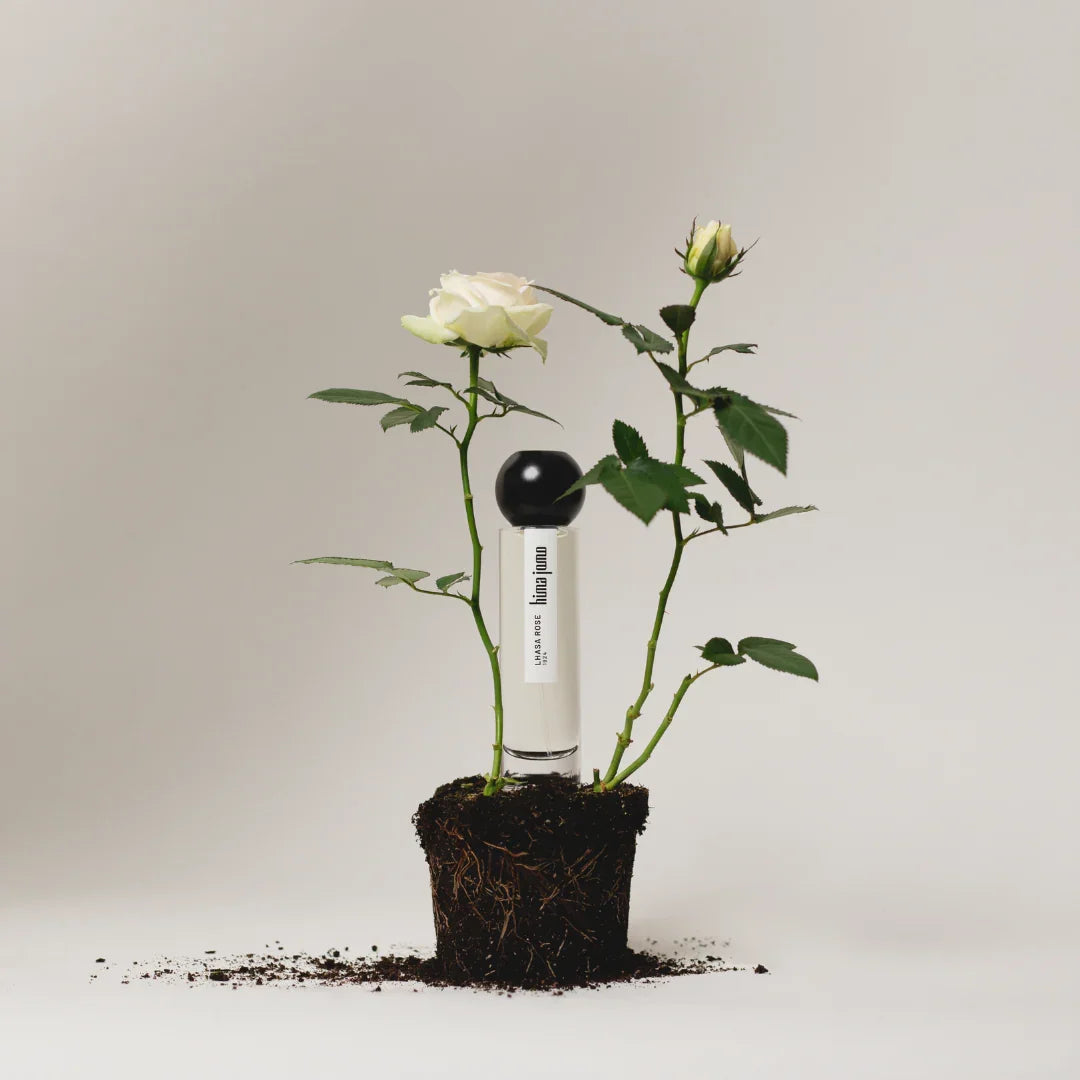



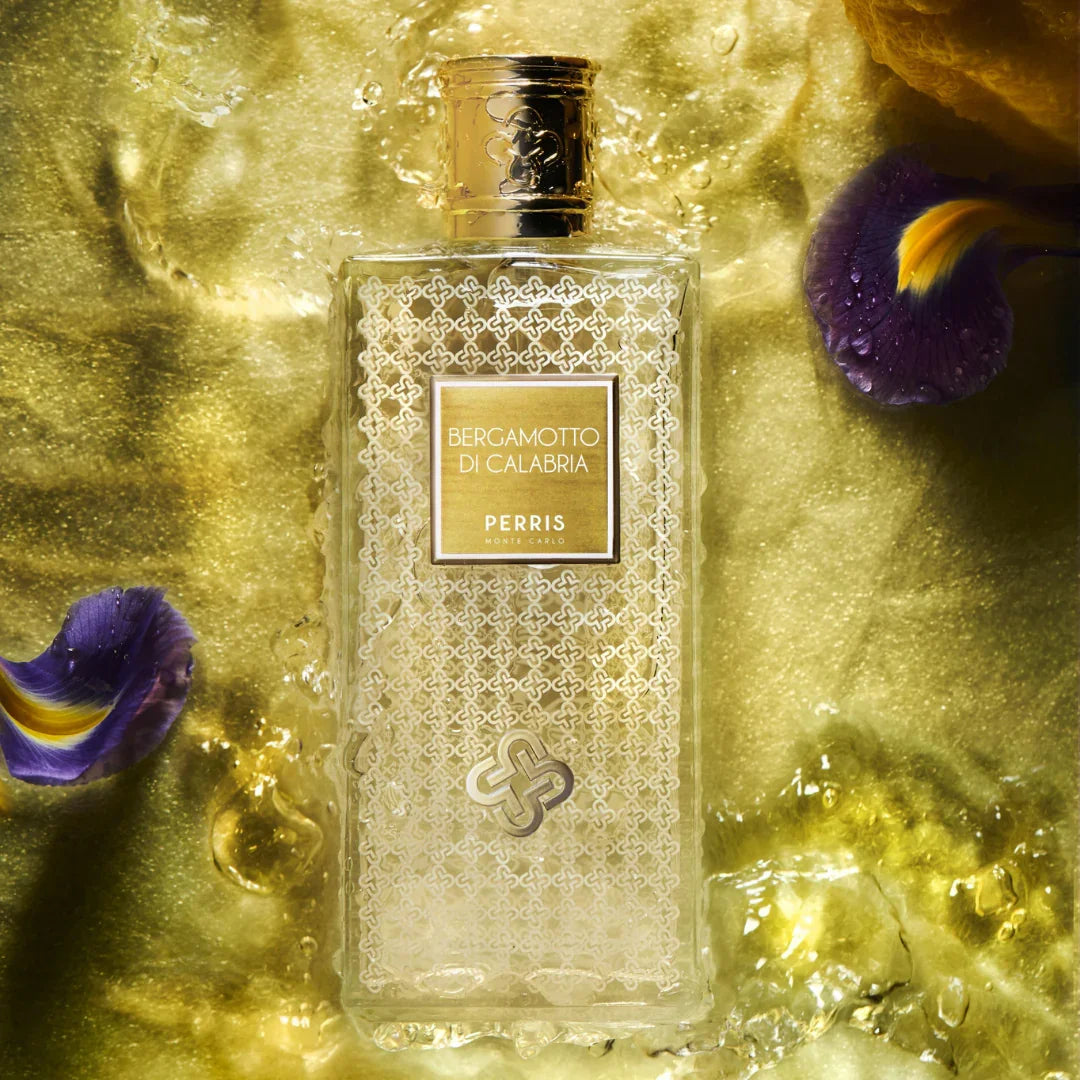
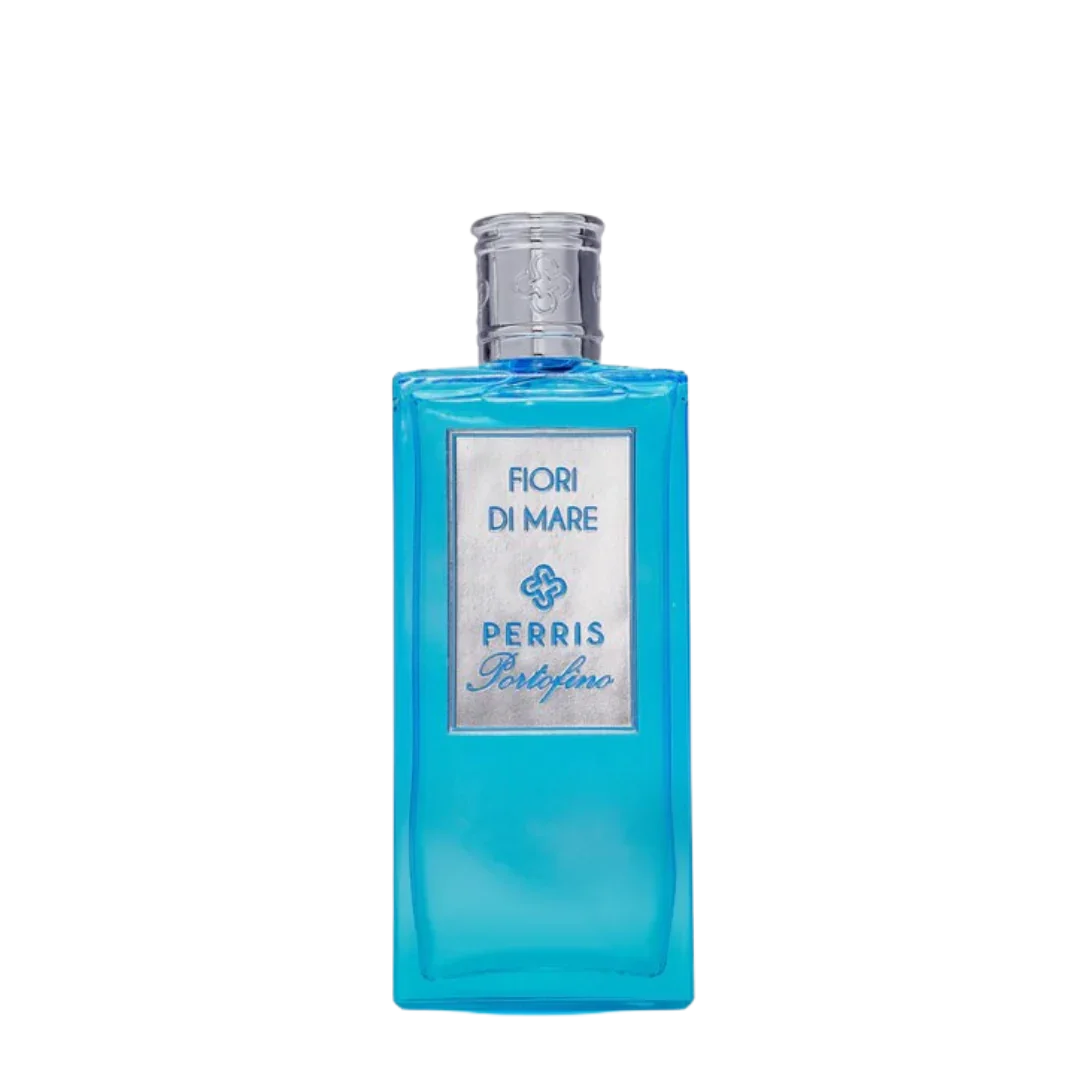

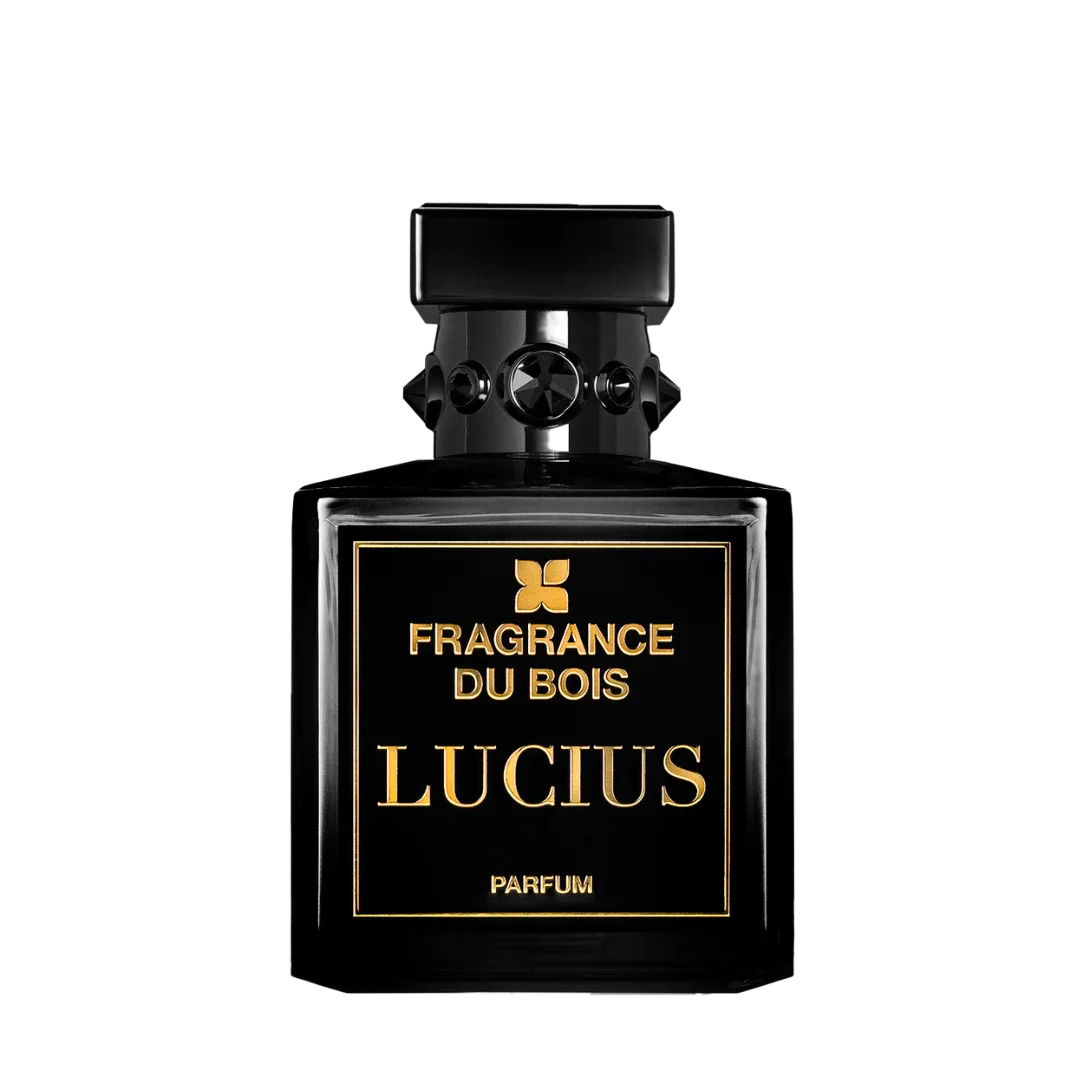

![Eine bernsteinfarbene Glasflasche mit schwarzem Verschluss, beschriftet mit "equality. [un]broken" und "eau de parfum".](http://www.scentamor.de/cdn/shop/files/8_64cb9f79-5966-4ffa-a338-7d7a2c4a5e81.png?v=1751383715&width=1080)
![Hände halten eine kleine, dunkle Glasflasche mit der Aufschrift "equality. [un]broken" in weißer Schrift.](http://www.scentamor.de/cdn/shop/files/5_db6f5201-0997-496f-bc8d-a8e712da6ce0.png?v=1751383717&width=1080)
